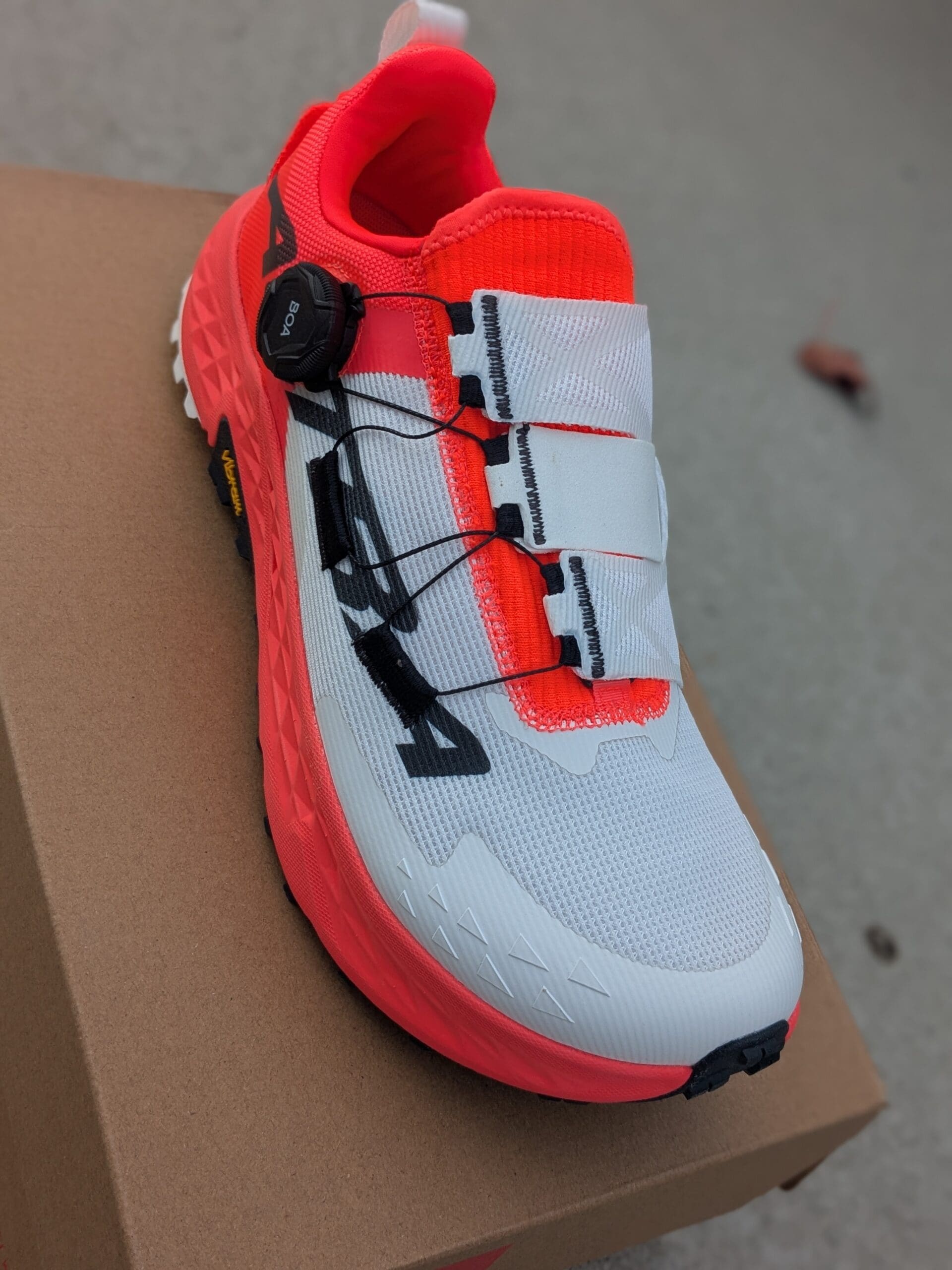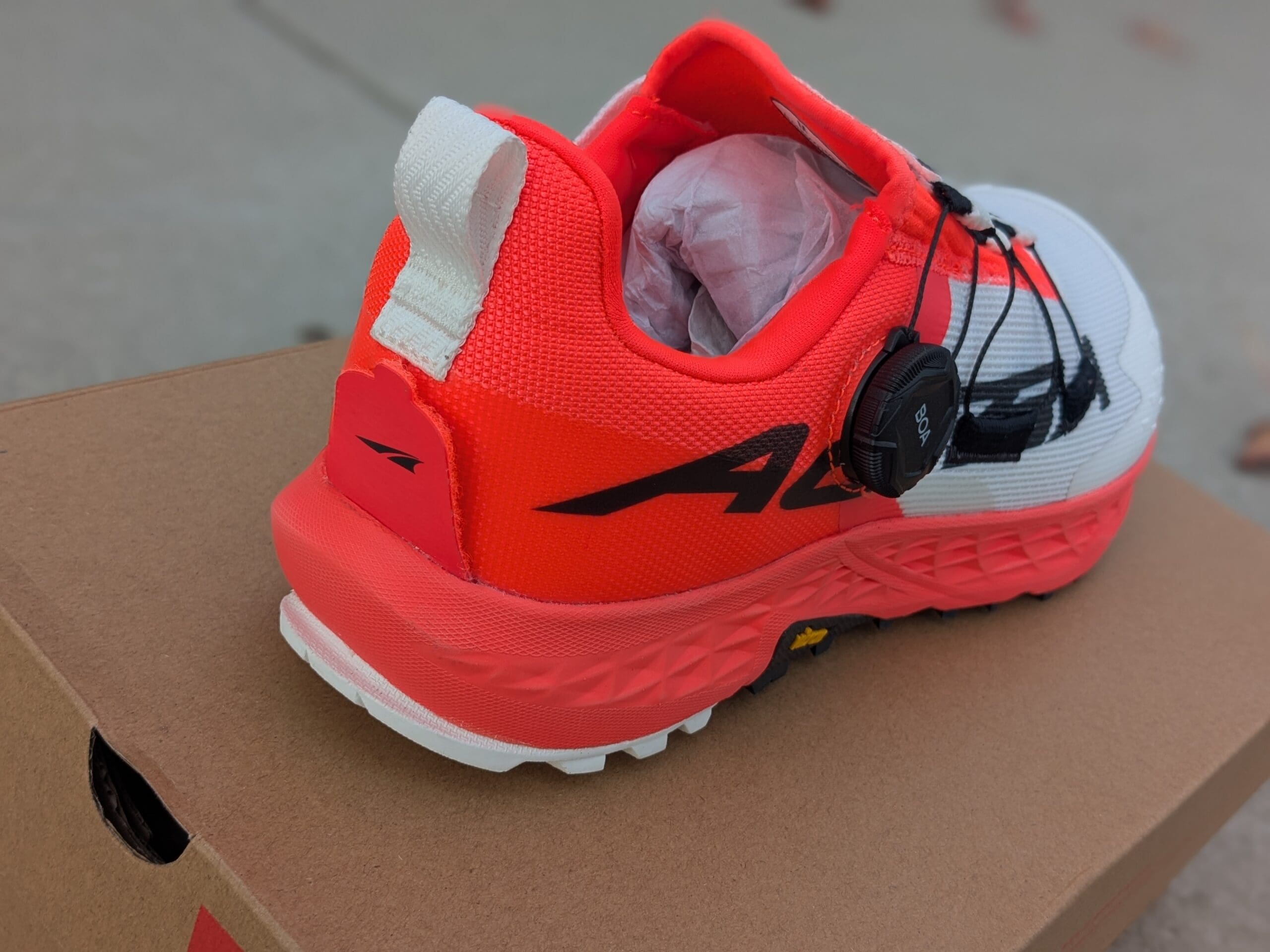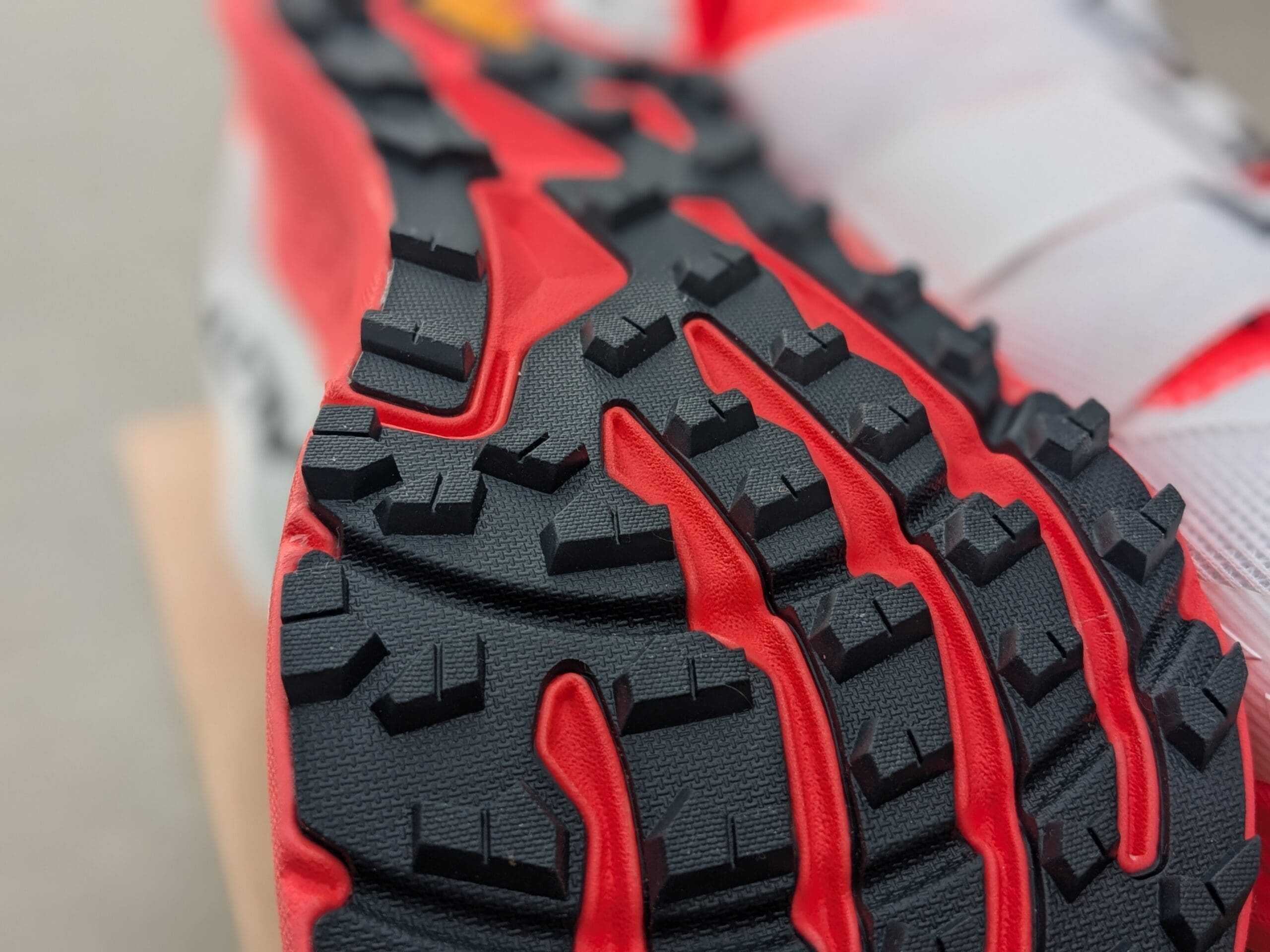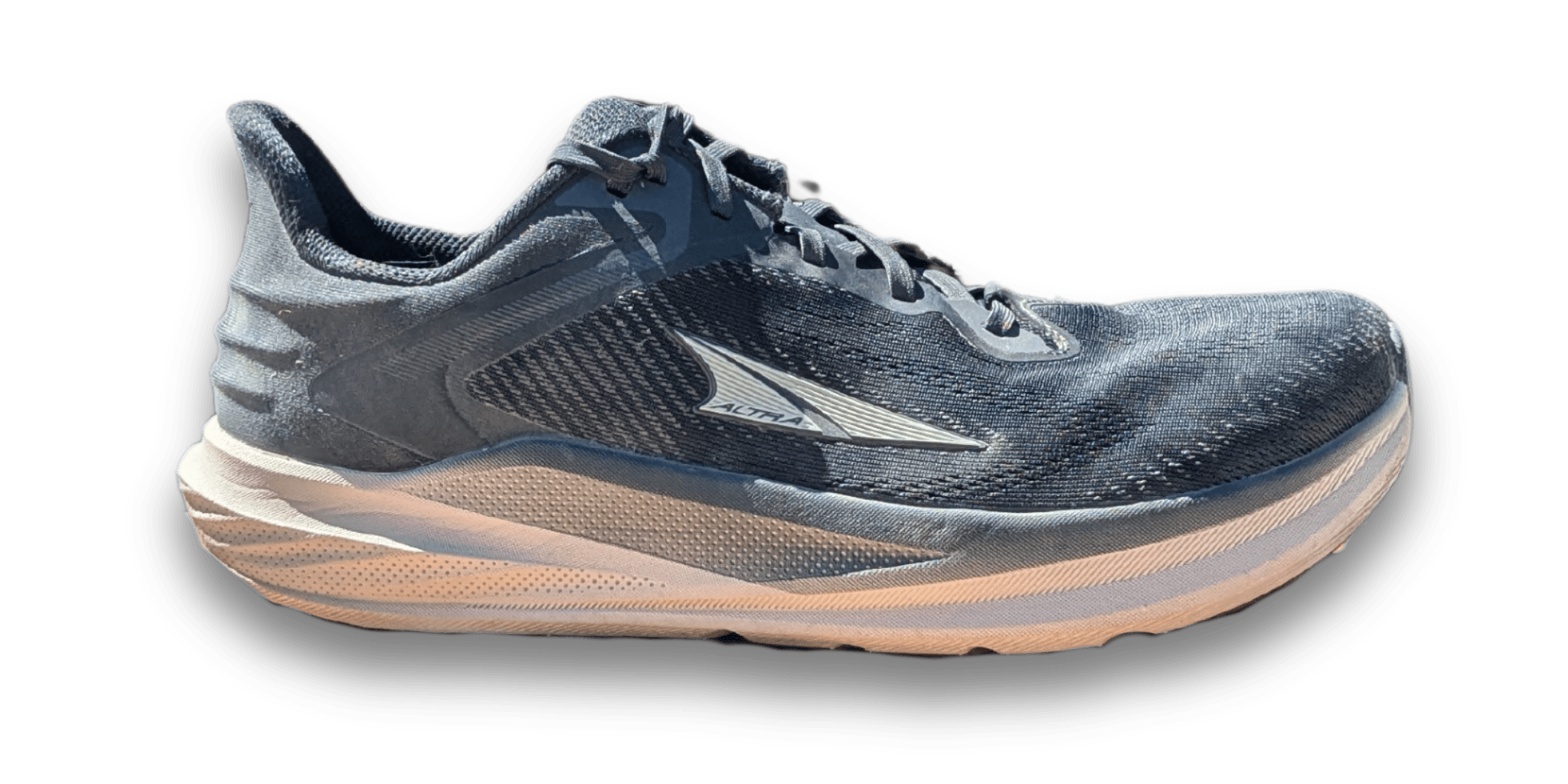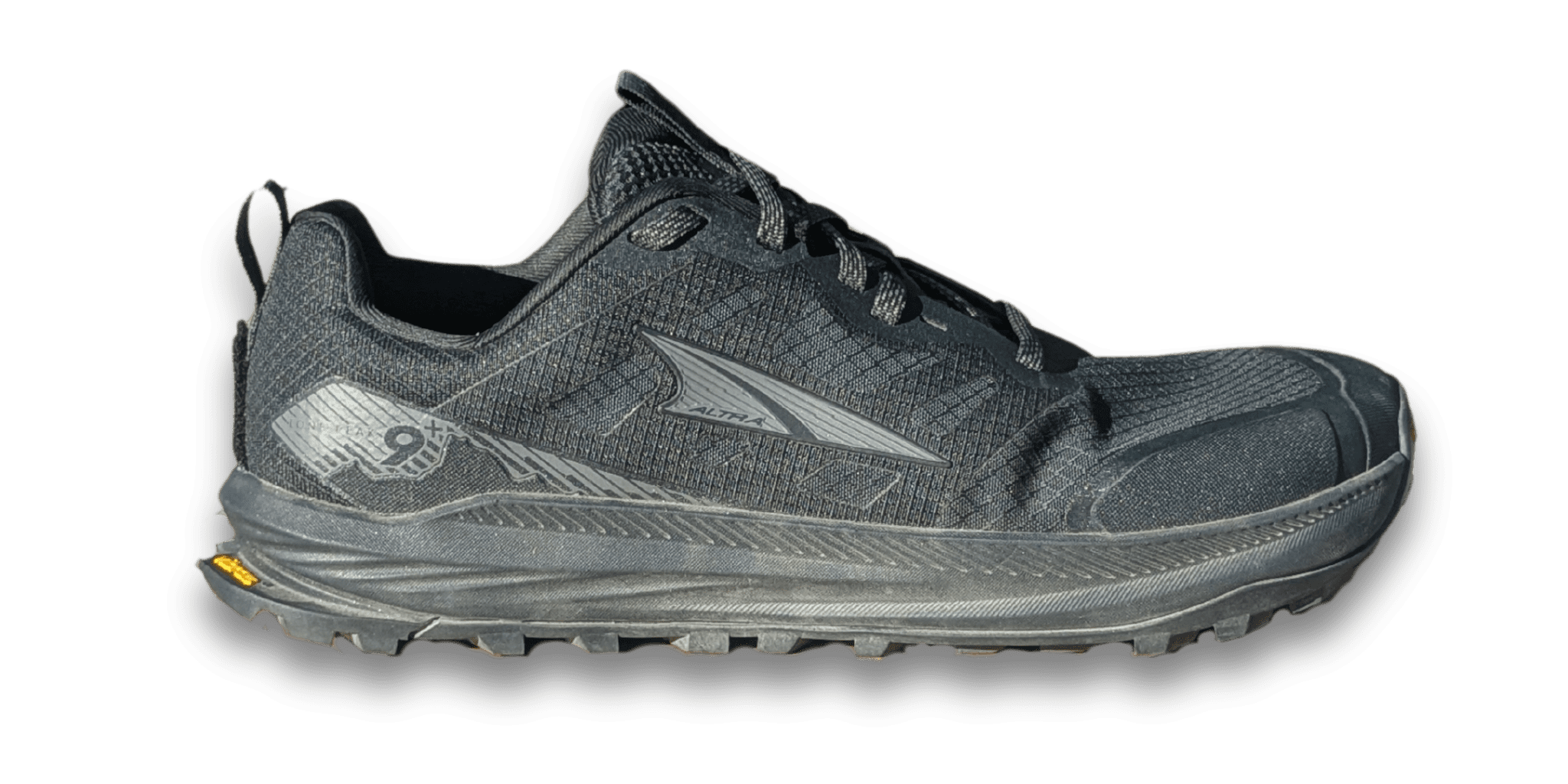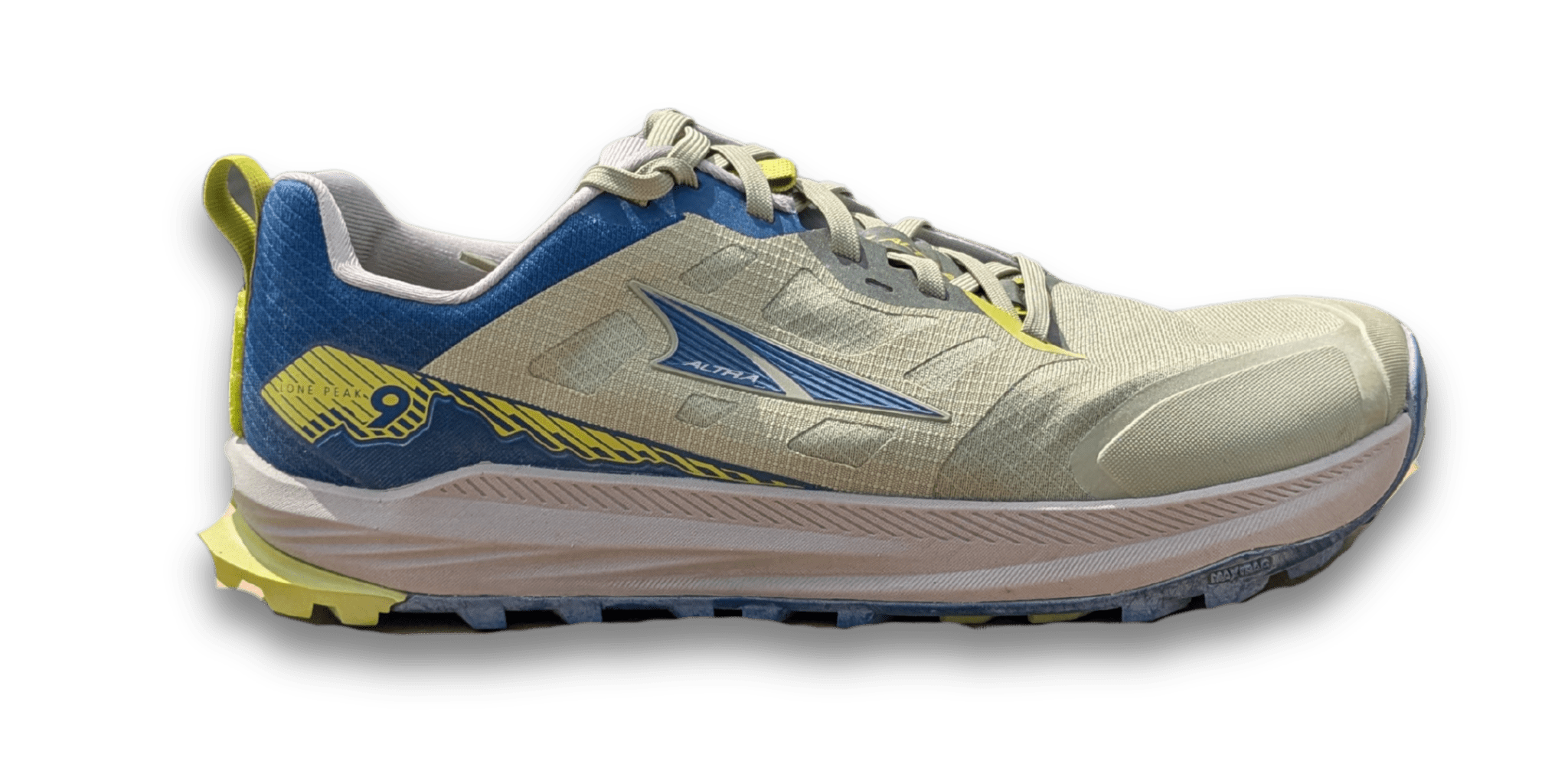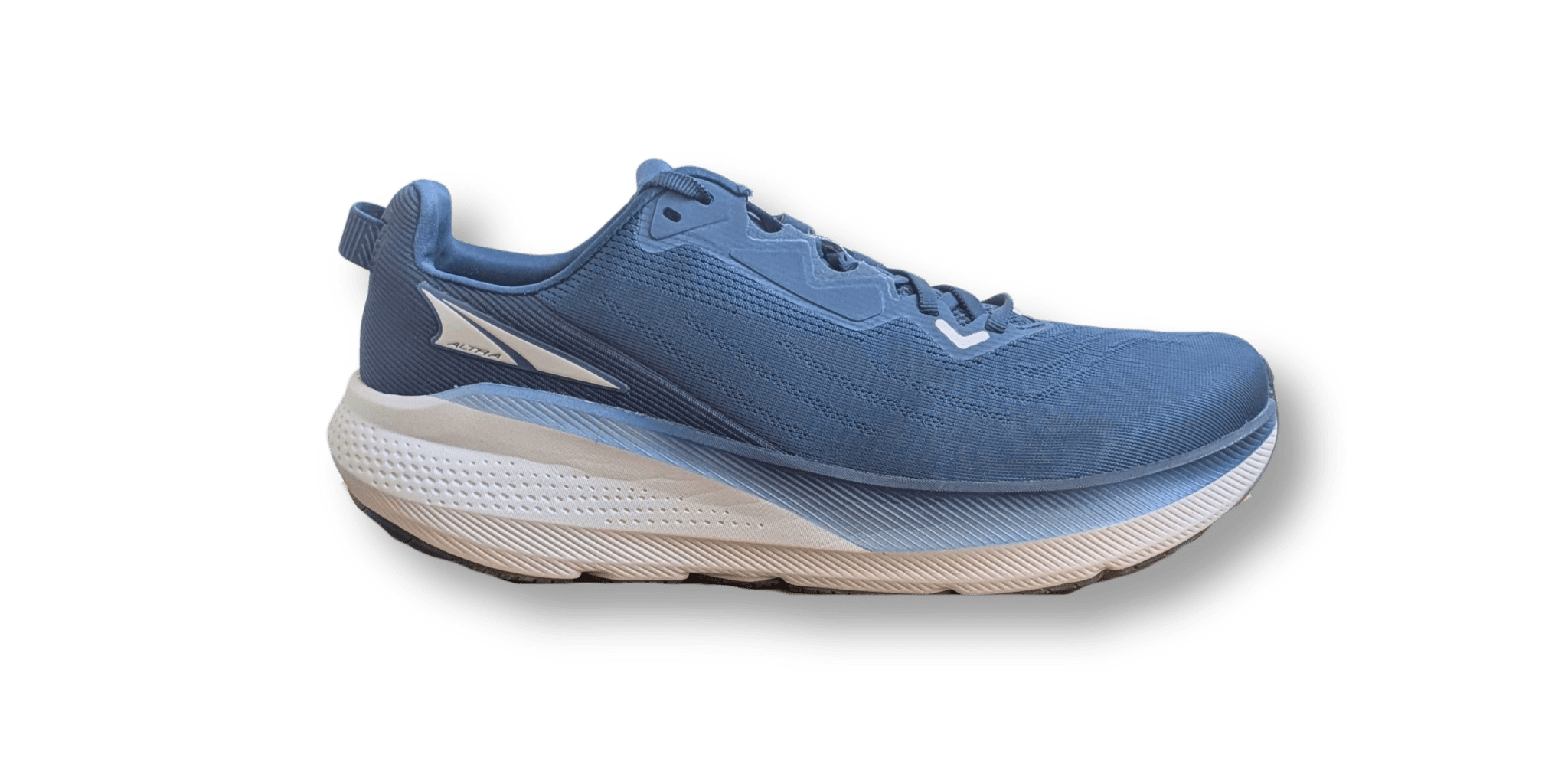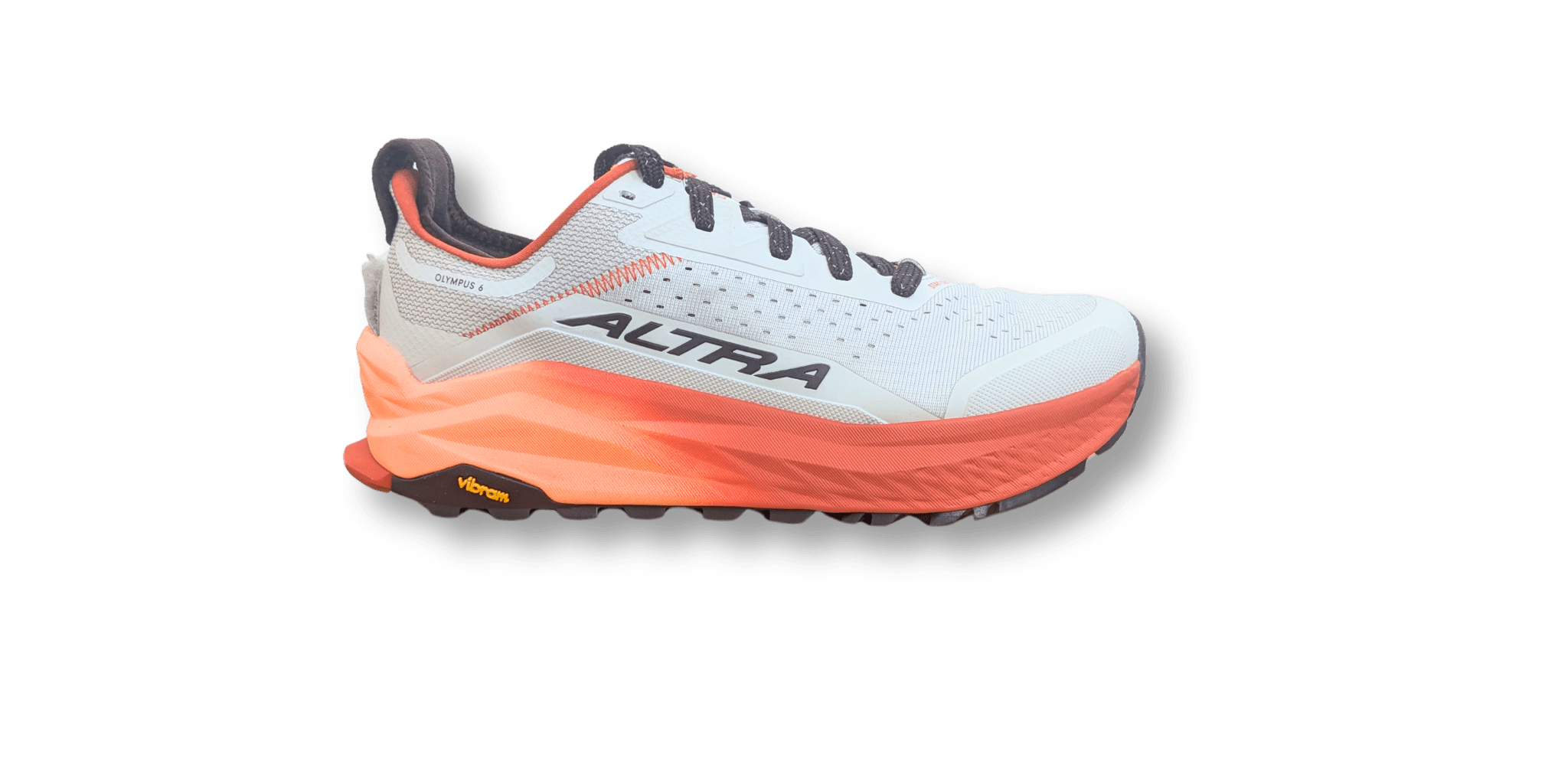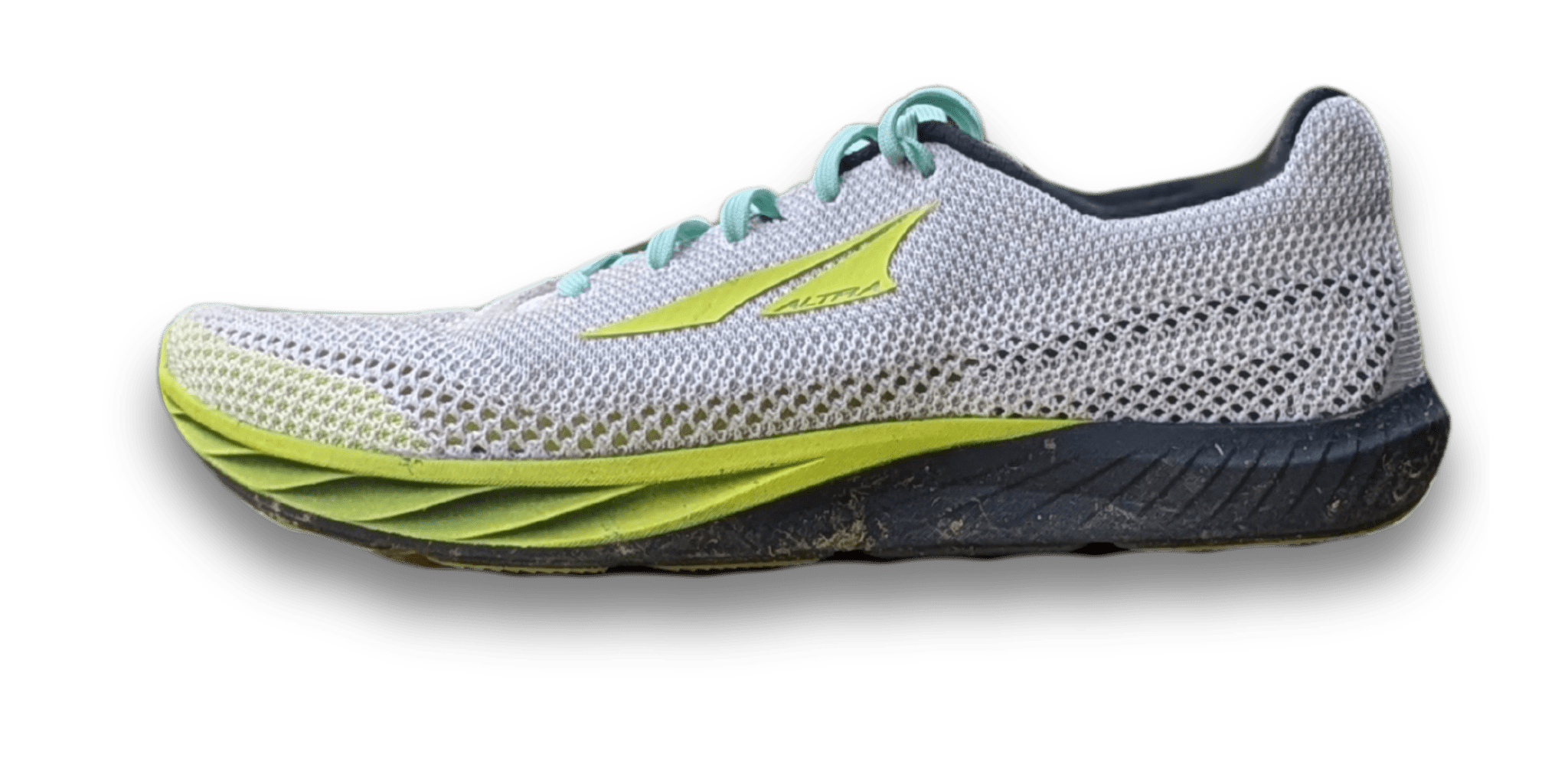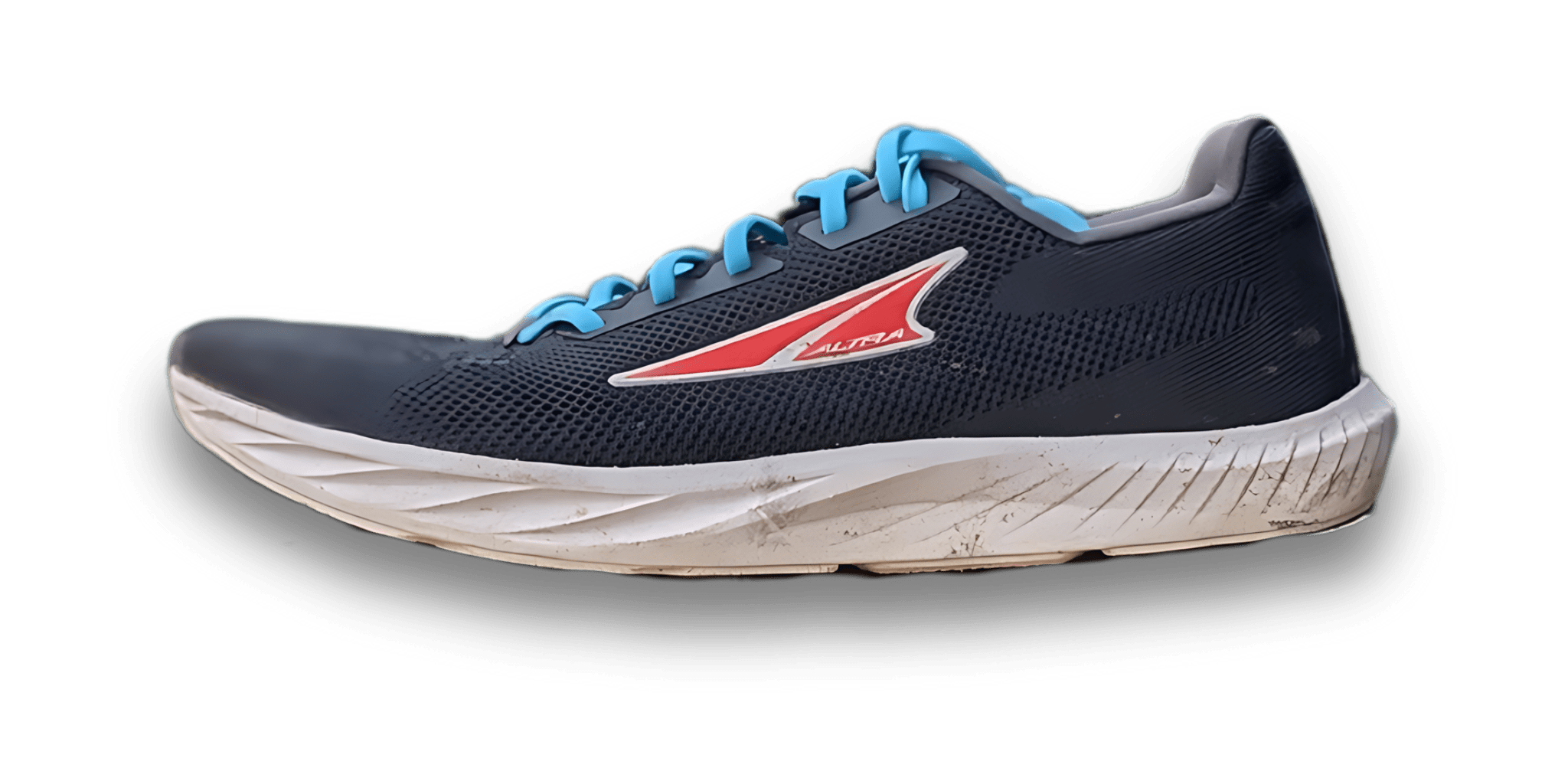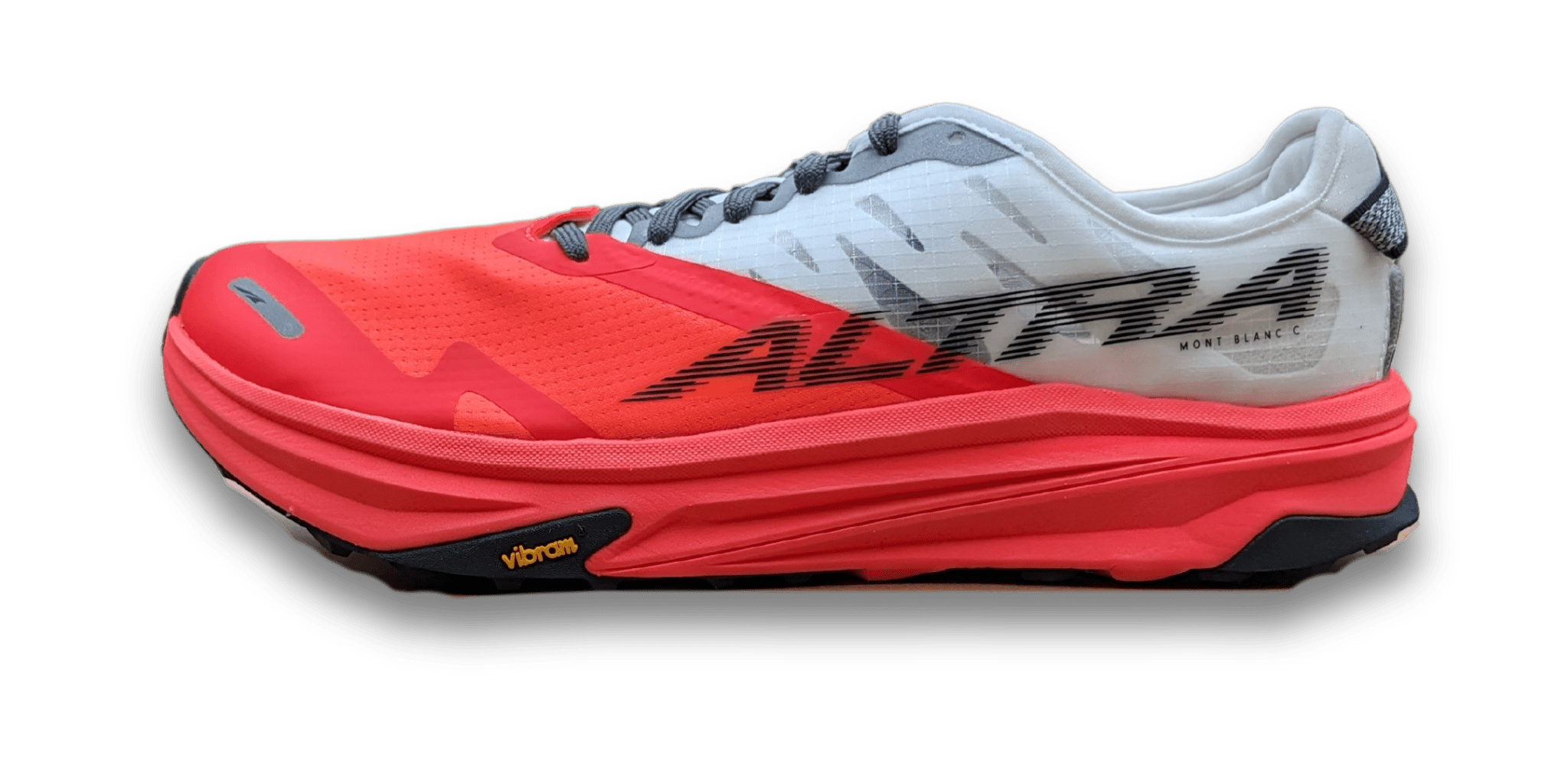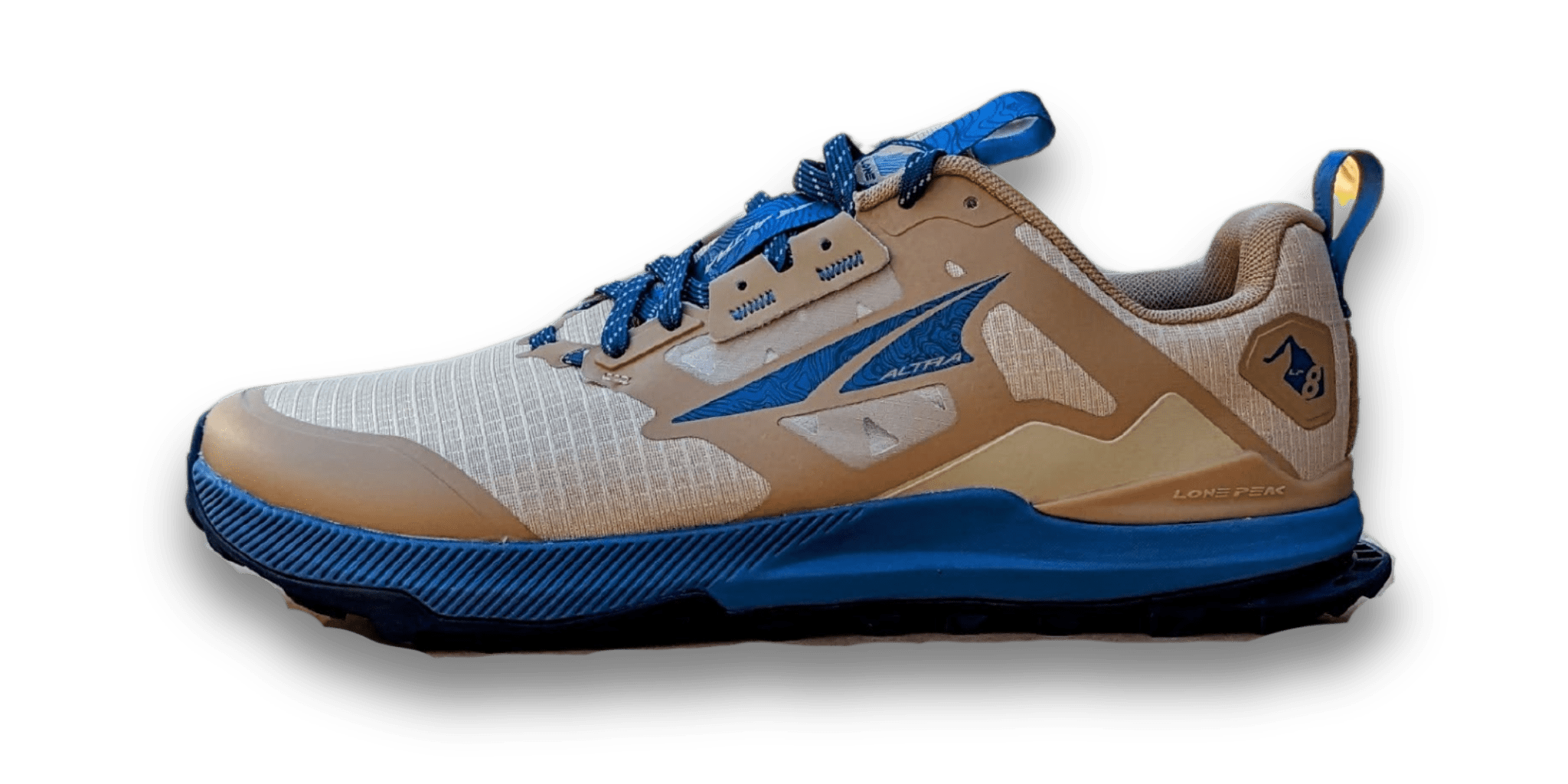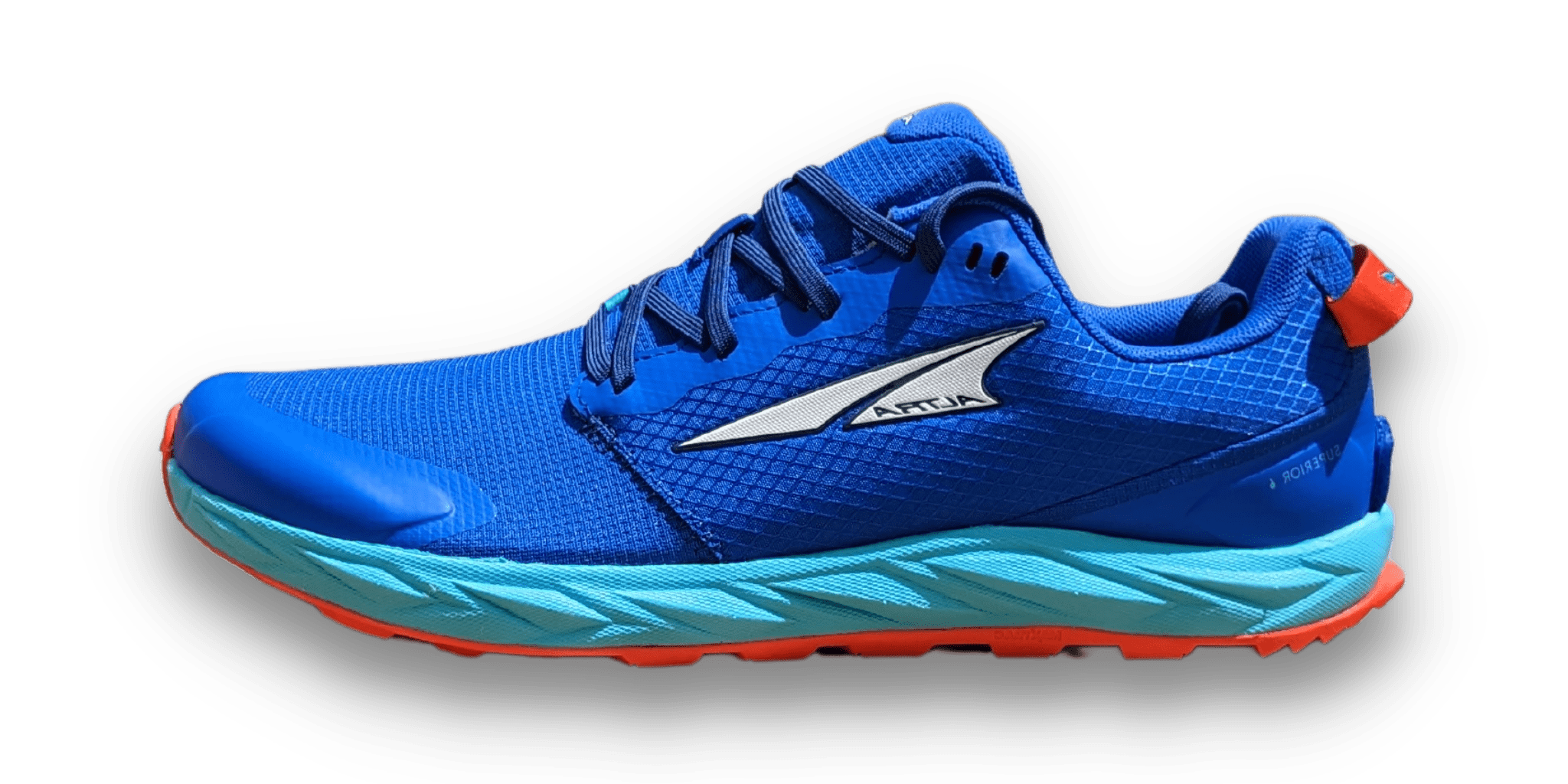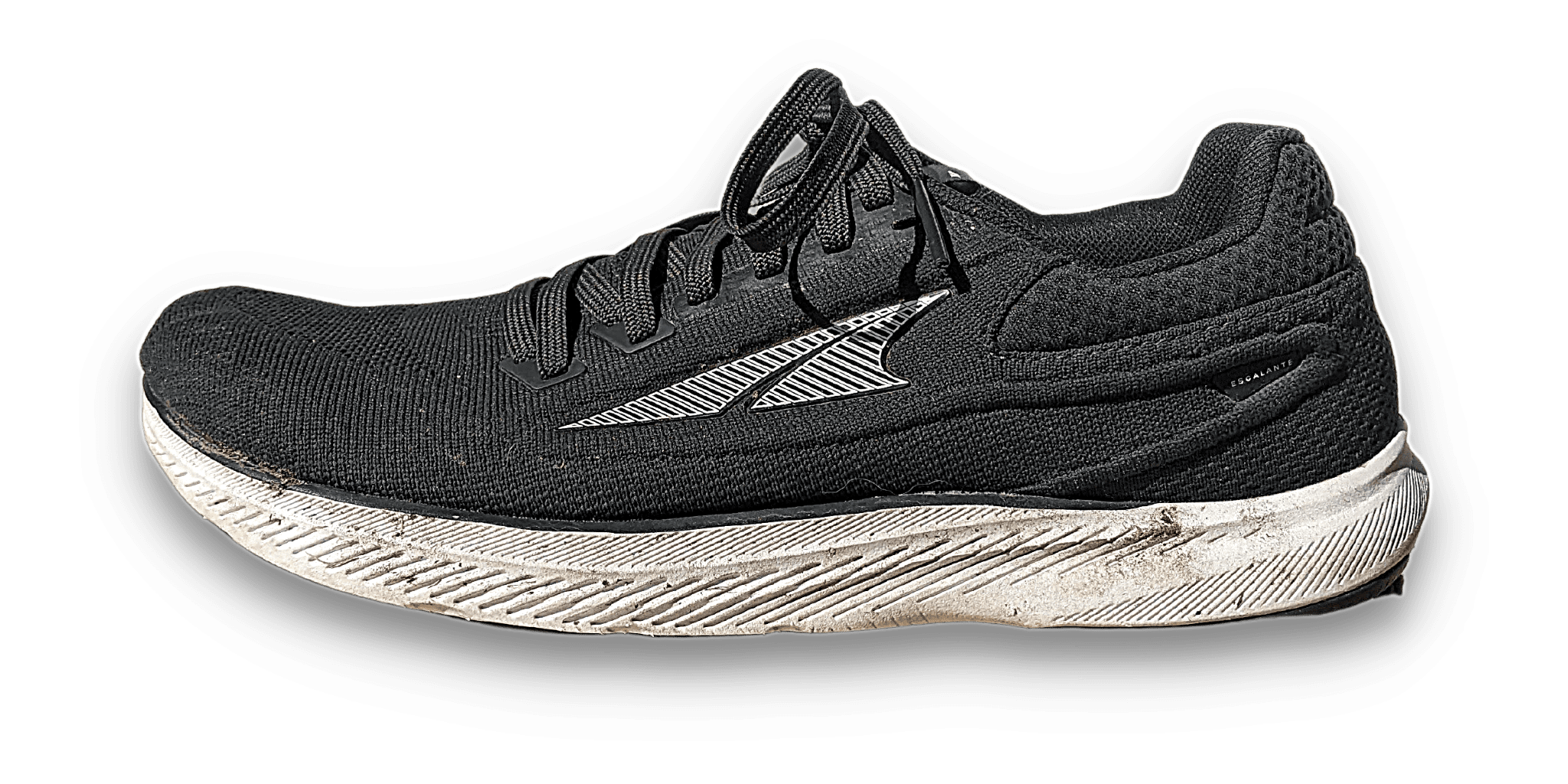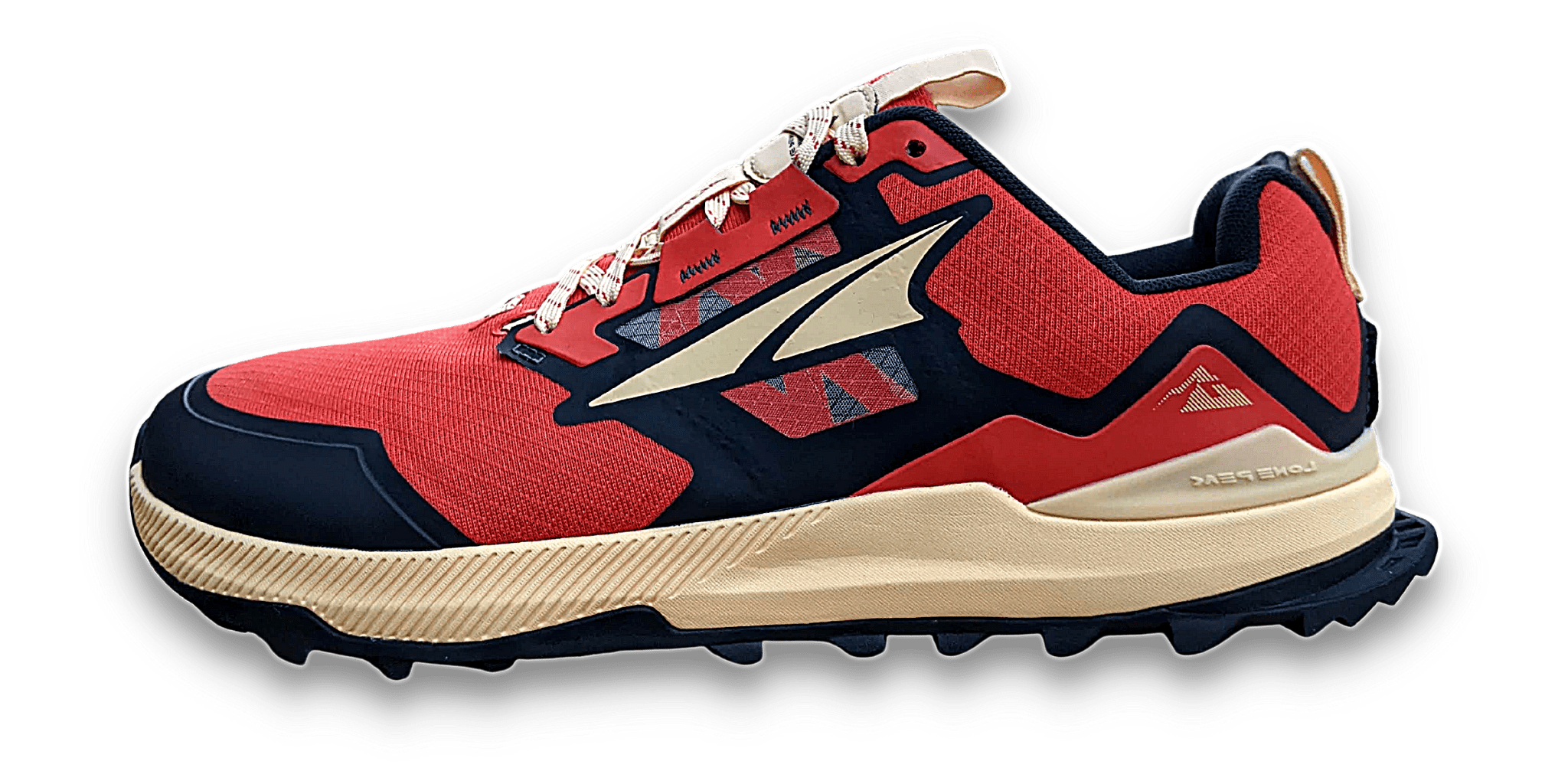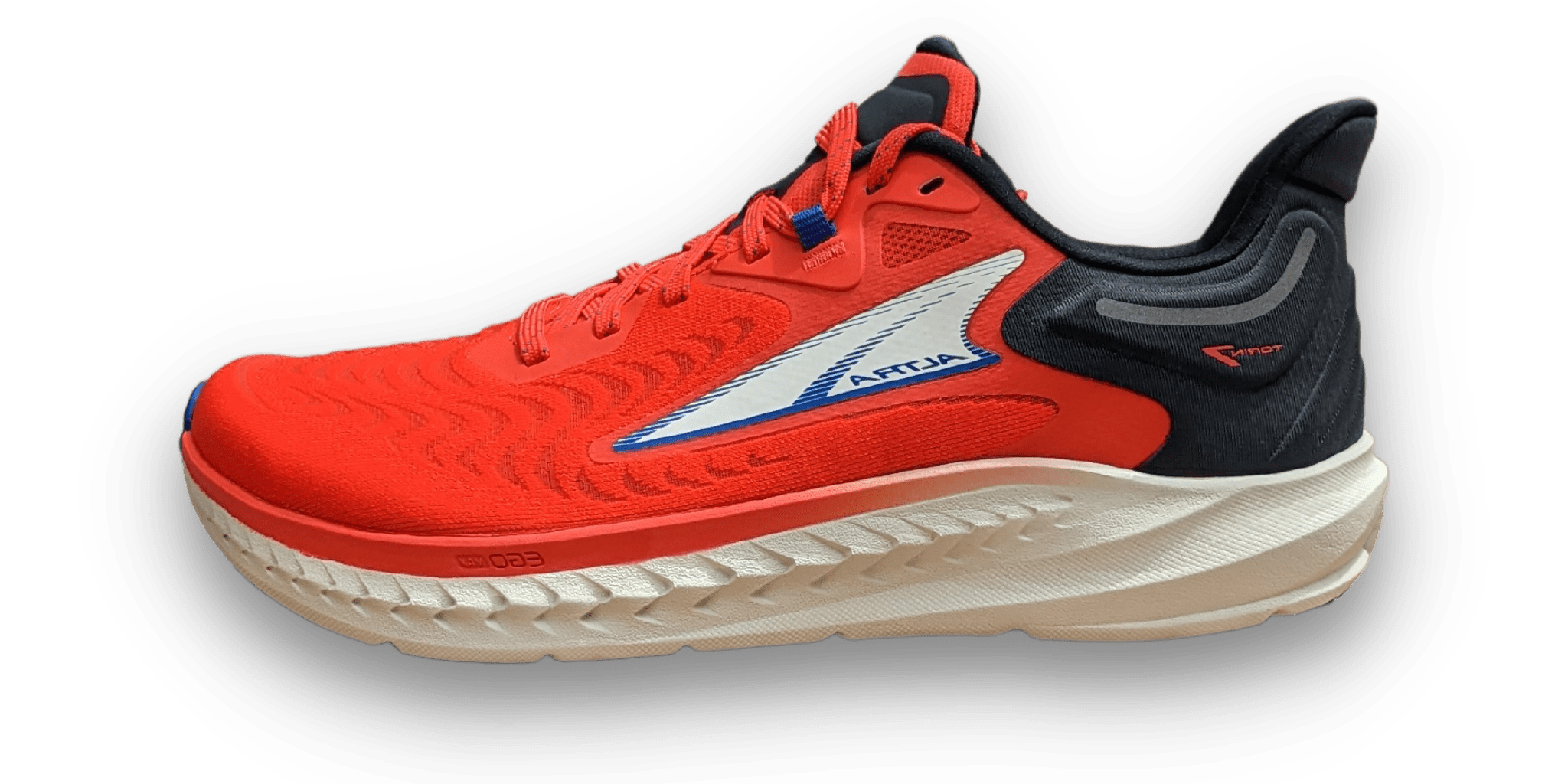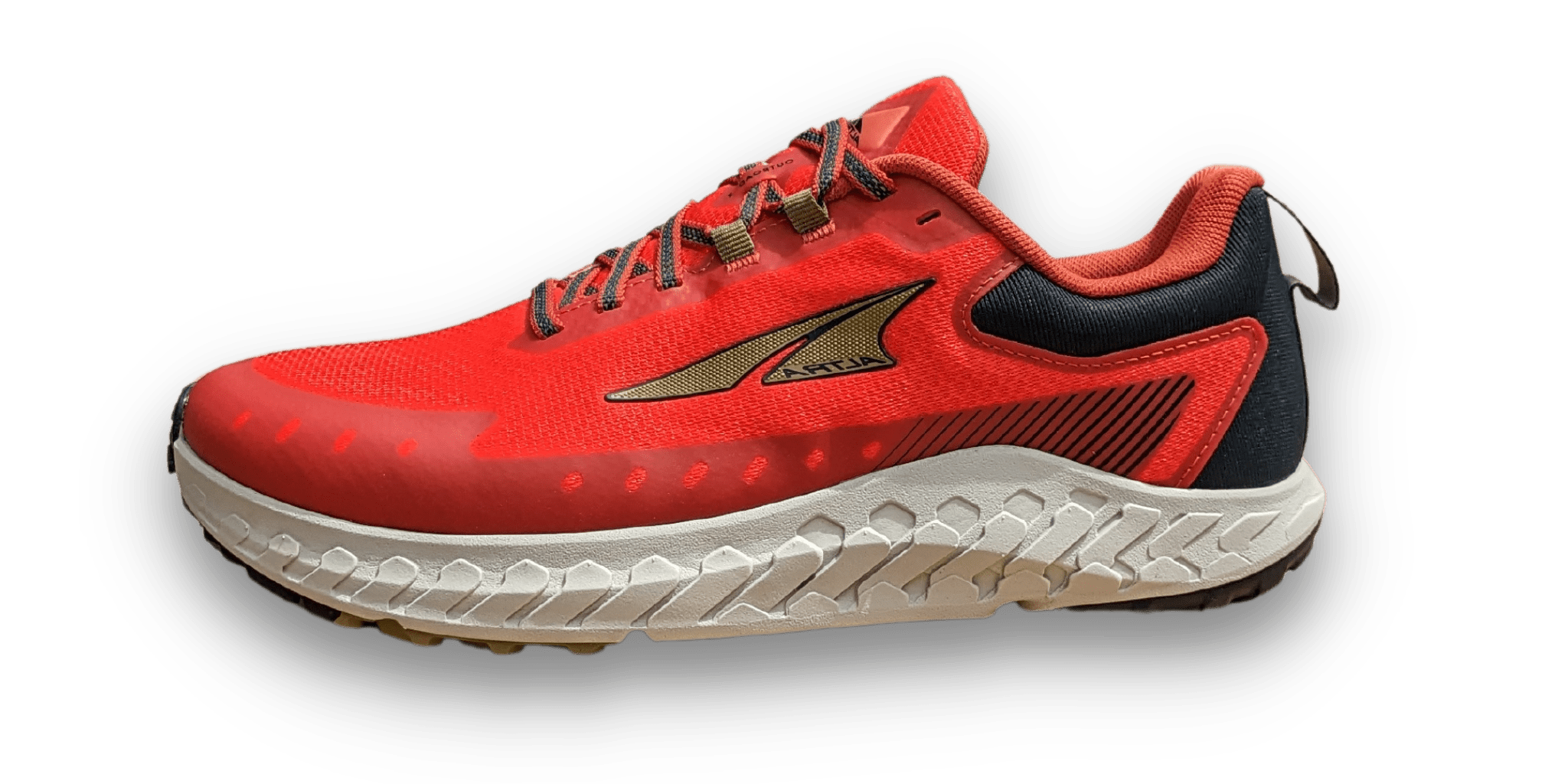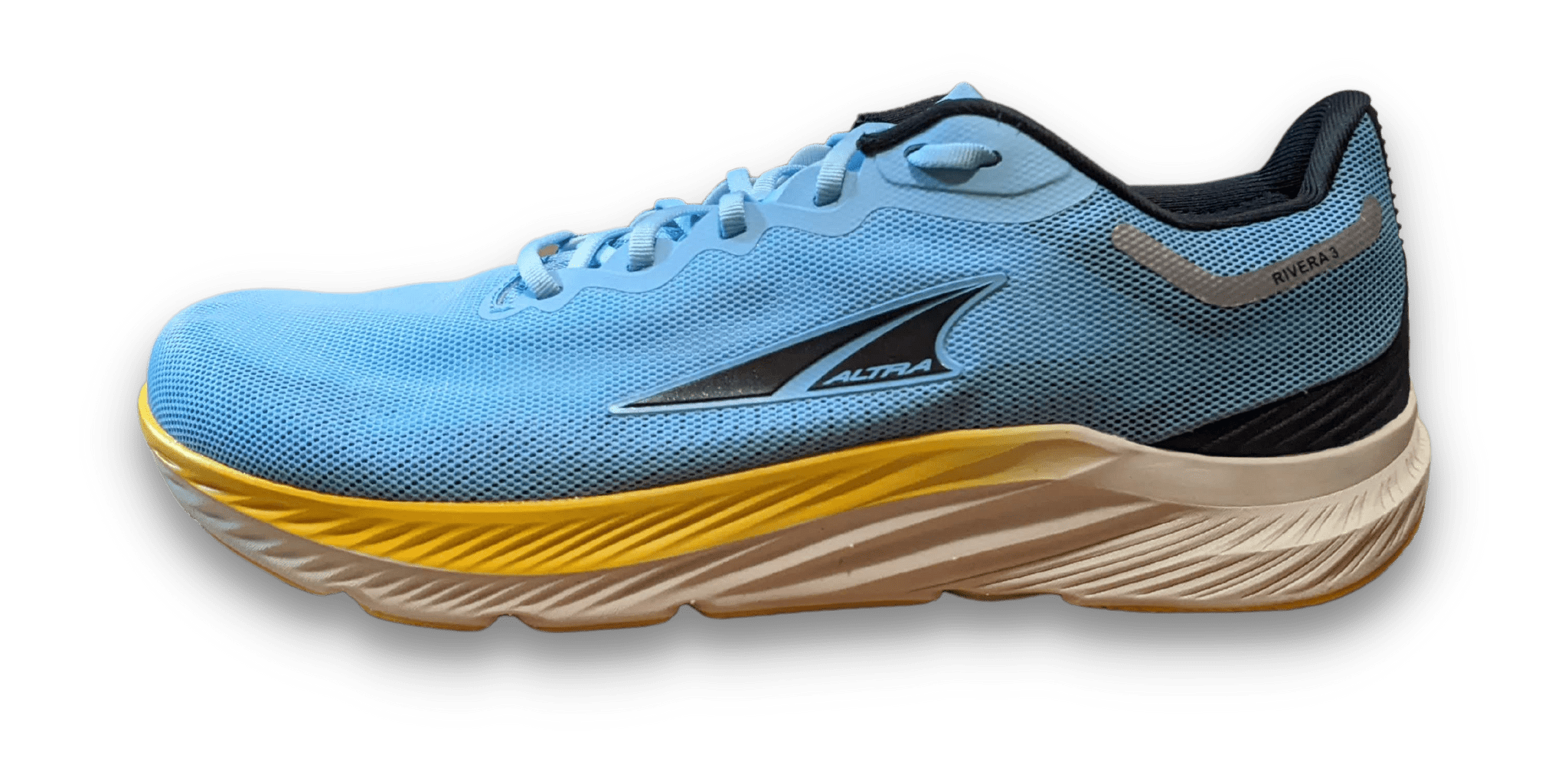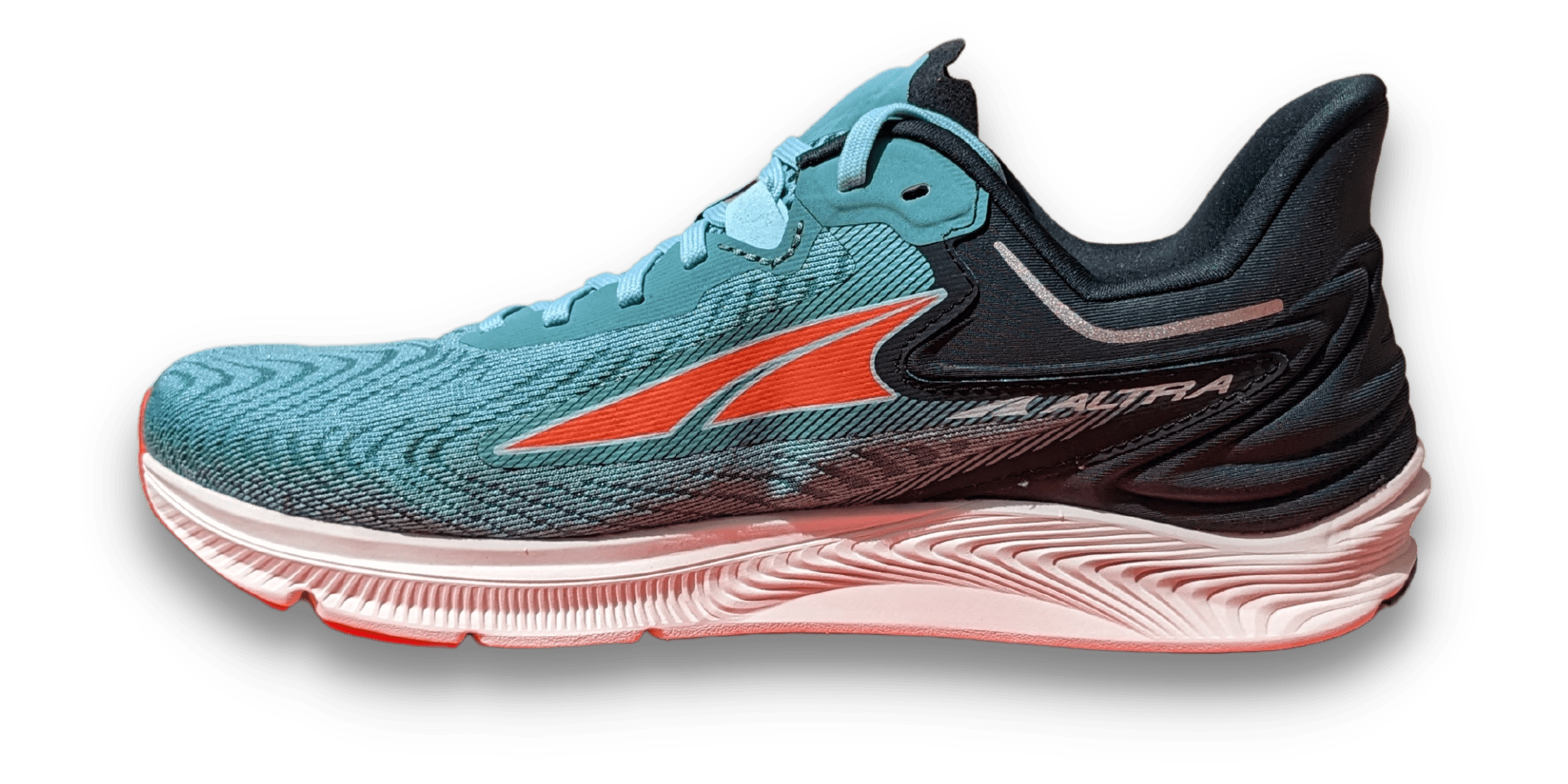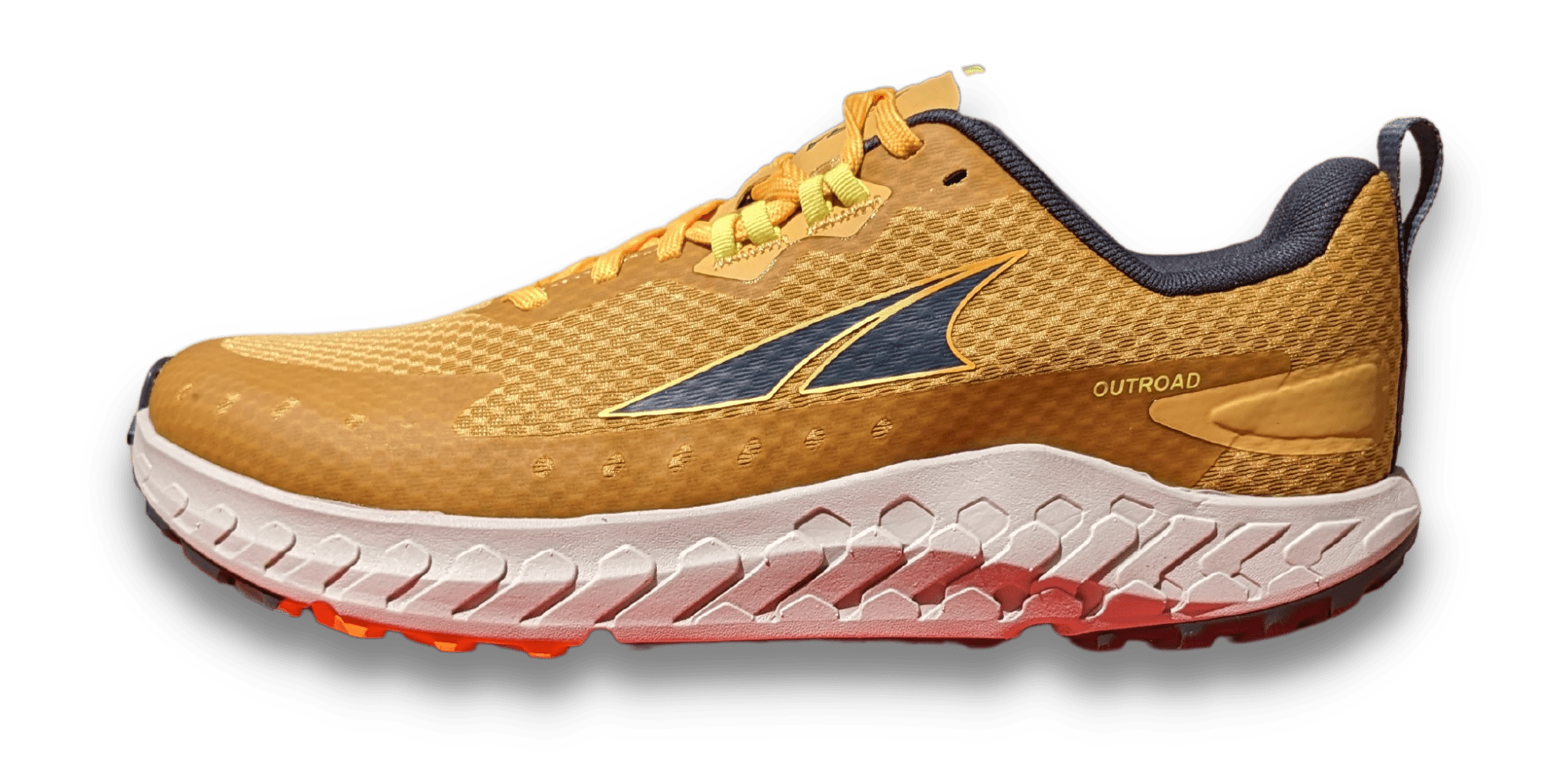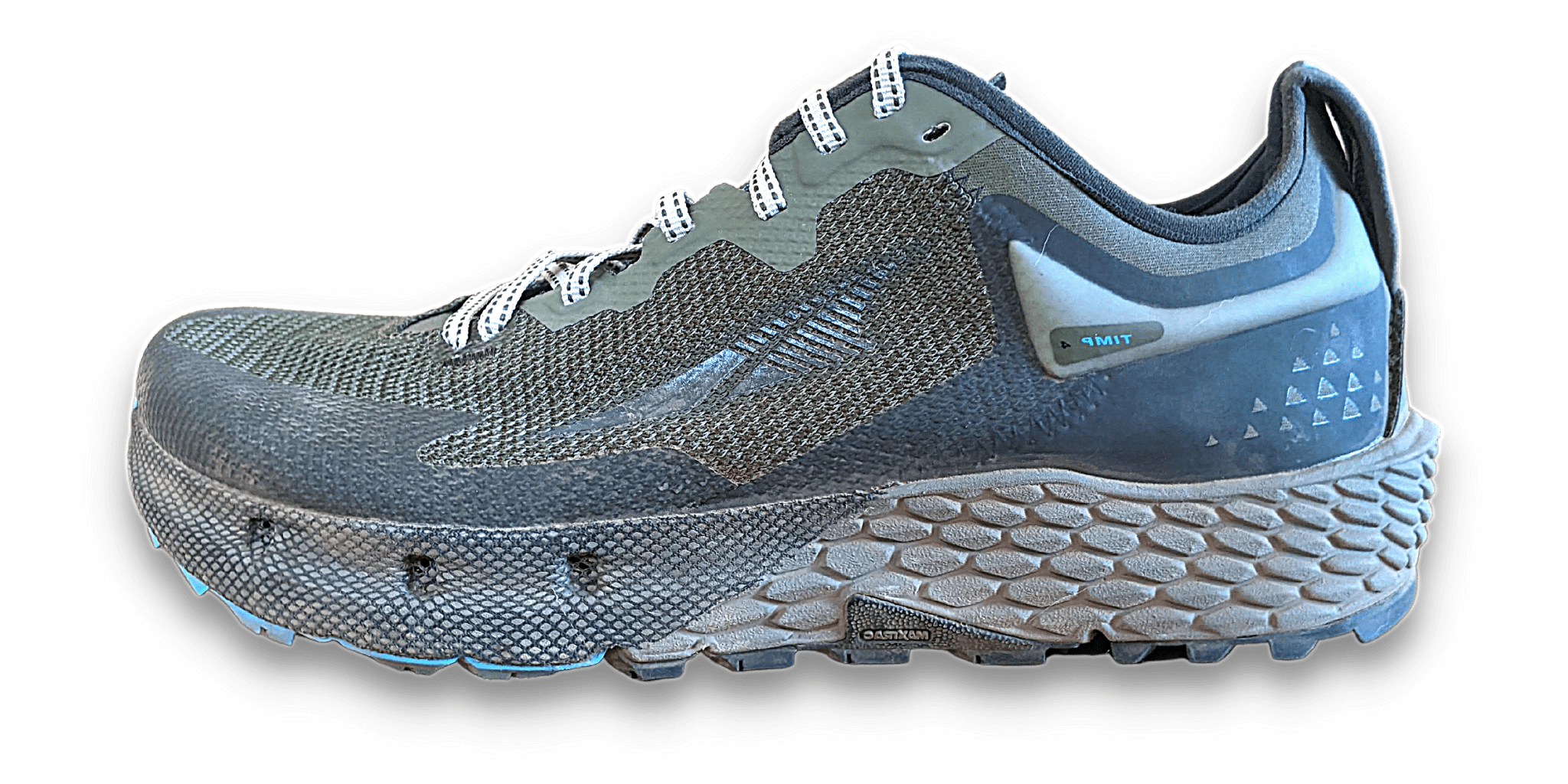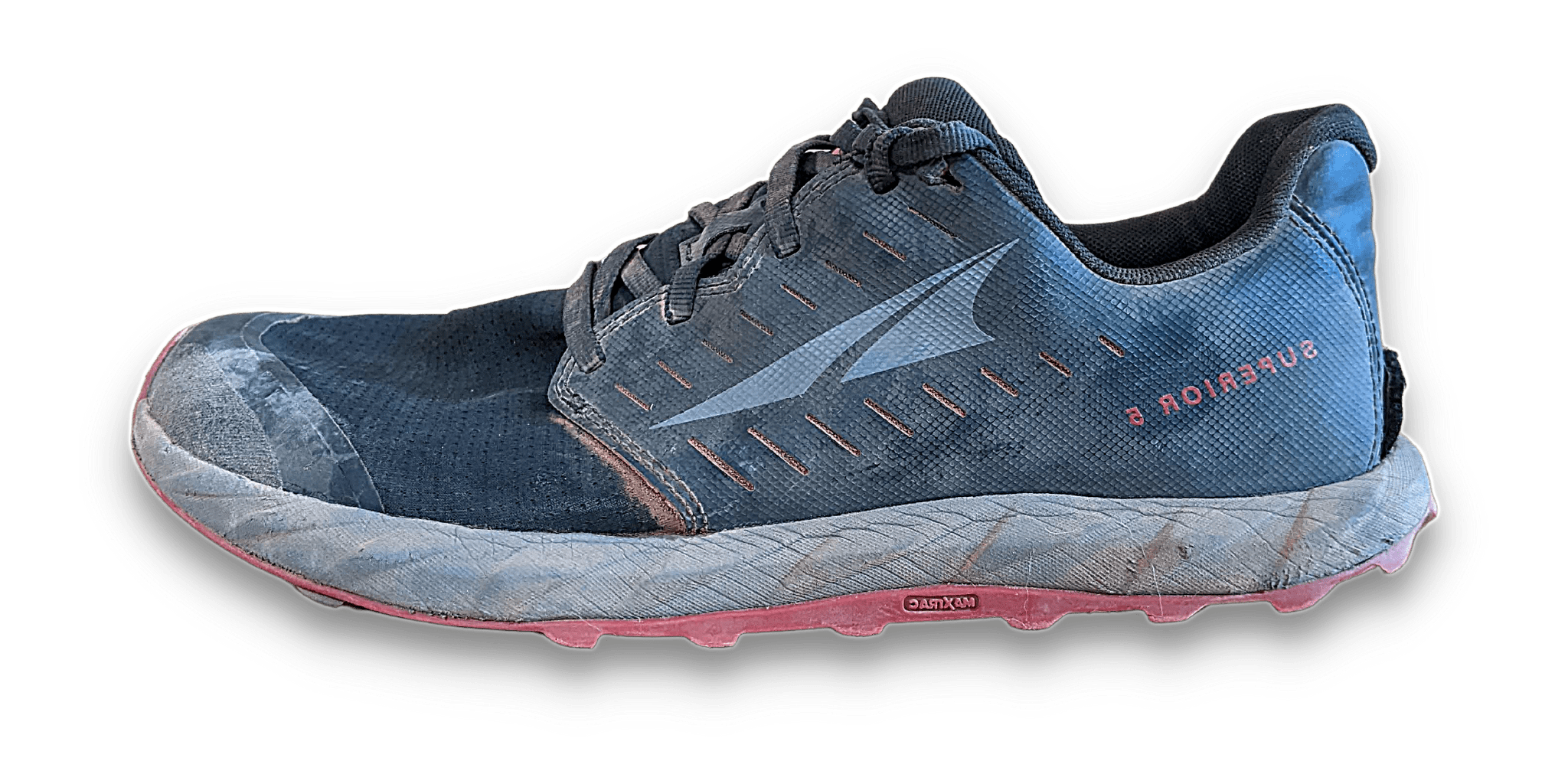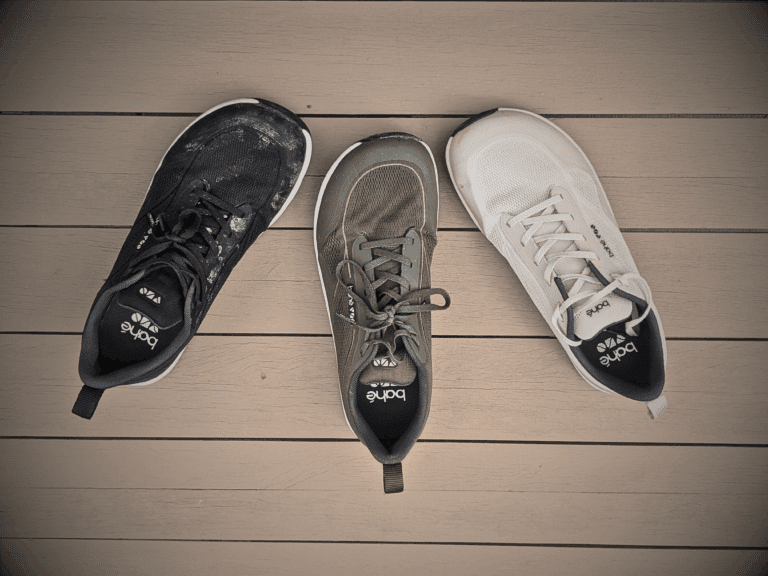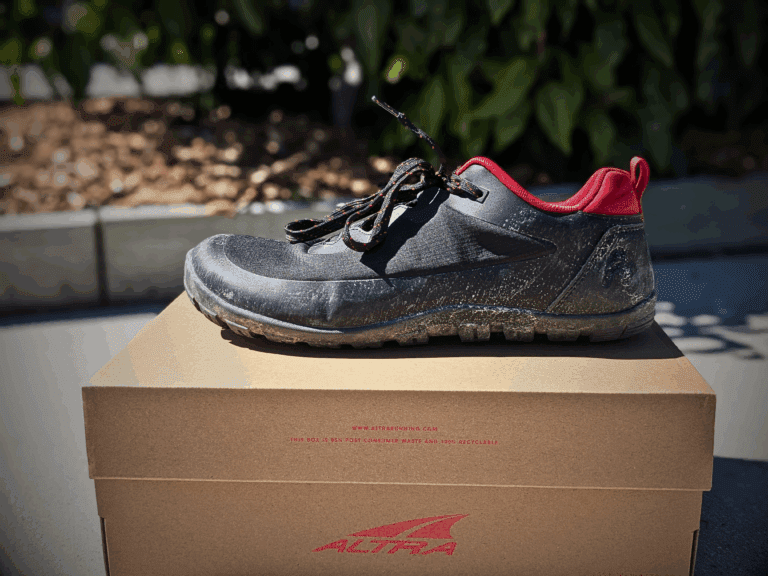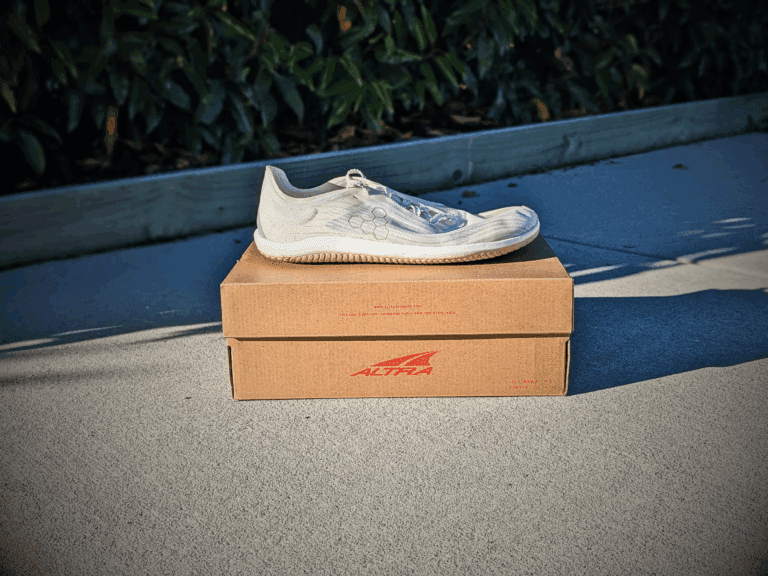Affiliate Disclosure: By clicking through the links on this page and purchasing the products, you’ll be helping me out. This is done because I receive a kickback from the sellers at no extra cost to you! Thank you so much for supporting us!
Weight
10.2 oz/ 290g for men’s US9
Stack height
30mm Stack height
Zero Drop
Made for
Mellow trails
Long days
Pros & Cons
✔ Relaxed fit for long days
✔ Decent weight for a high stack shoe (290g for EU size 42)
✔ Comfortable knit upper
✔ Decent price for a BOA system
✖ Sub par lock down on technical terrain
✖ Hit or miss on fit
✖ High stack height can feel cumbersome
What do you want to know?
Common questions:
Ever found yourself halfway up a muddy trail, staring down at your laces flapping in the wind, and wondered,
“Is it finally time we let the BOA system take over?”
With the arrival of the Altra Timp 5 BOA on the scene—a redesign of the Timp 5 built for trail ultrarunners—the laceless revolution is cheaper than ever.
The question is, should you convert?
The Timp BOA fits differently than any laced Altra, both good and bad.
Altra’s claim to fame has always been a shape that mimics the natural outline of the foot, but with the Timp BOA, there are some notable tweaks. Like the Timp 5, you get a 30mm stack height and a zero-drop platform (Altra’s signature), but the fit story shifts at the upper. The new sock-like tongue and flexible upper depart from the structured overlays of the Timp 5. It wraps the foot with a stretchy, almost slipper-like feel, especially around the tongue—offering comfort but less containment in technical terrain.
Which Altra Shoe is for you?
Take a quick 4-question quiz to identify the perfect Altra running shoe for your feet! You'll get both road and trail options based on your answers!
The BOA lacing system is the big talking point.
Instead of traditional crisscross laces, the Timp uses a single rotary dial (BOA) that tightens a high-strength cable throughout the upper. This creates uniform tension when you dial it in. You may have seen this approach on snowboard or cycling shoes, but it’s a new game for trail running. It absolutely keeps midfoot lockdown tidy, but unlike typical laces, you can’t micro-adjust the tightness in different areas—once you twist, everything tightens (or loosens) together.
Width-wise, it’s a little snug in the midfoot, much like many Altras.
Out of the box, I noticed the midfoot runs on the narrow side, and the BOA system exaggerates that squeeze until the flexible upper breaks in. Over a few runs, the upper gives a bit, but the initial feel is snug—borderline restrictive if you have wider feet. The toe box tapers are in classic Timp fashion: There is decent space for the big toe, but a pronounced taper on the pinky side. Don’t expect the toe room you get in the Lone Peak or Superior.
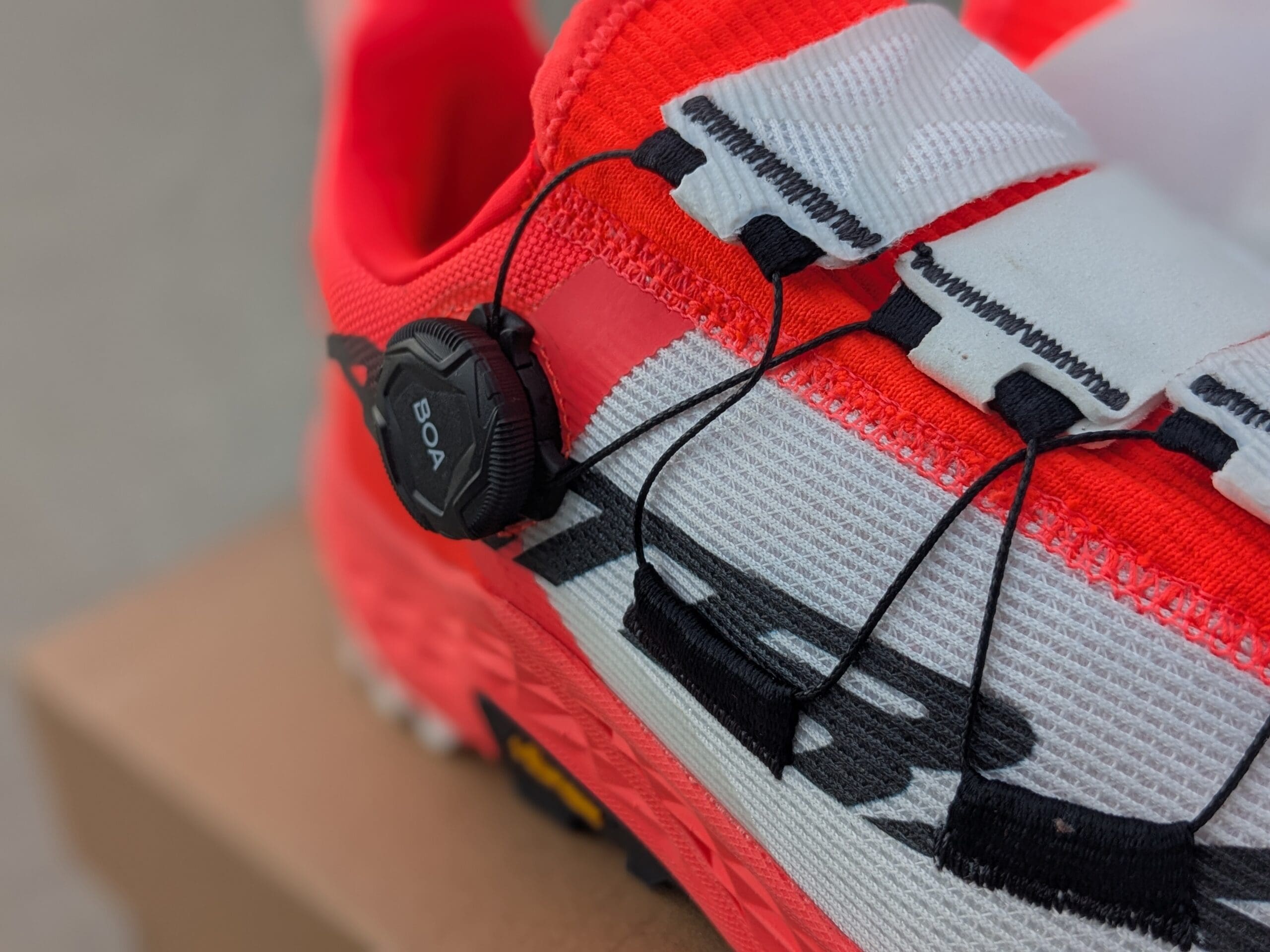
Heel lockdown is adequate, but don’t expect miracles.
The heel cup mirrors the Timp 5—mildly structured, with a rounded carve that accommodates most heel shapes without being overbearing. But I’ve found that doesn’t pair well with the BOA system. If you rely on a lace lock and extra eyelets to dial your fit in other shoes, this BOA system won’t work. As a result, on steeper descents, I found my foot slipping just enough to notice. It is not a dealbreaker on smooth trails, but it is worth noting if your runs get technical.
Fine-tuned fit is the major trade-off with BOA.
Laces offer infinite nuance—you can loosen the midfoot, ratchet down the ankle, tweak a pressure point on the fly. With one BOA dial, all those pressure zones are bundled together. Altra’s Mont Blanc BOA has dual dials, which handle this issue better. It’s one and done on the Timp, which won’t suit everyone.
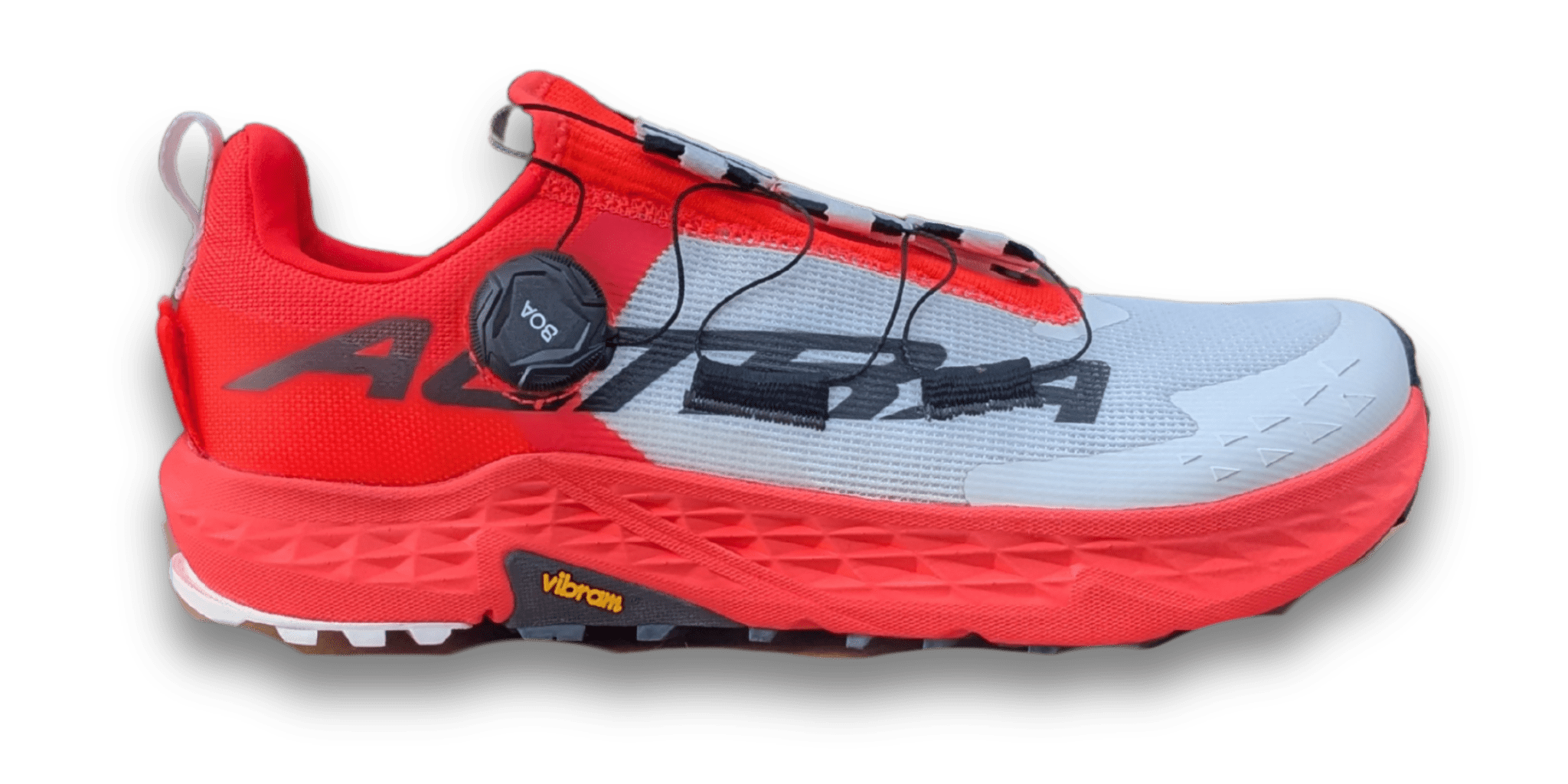
Altra Timp BOA
The Timp BOA feels identical underfoot and similar to the Torin 8 from the road lineup.
Altra has recently dialed in this higher stack option—30mm plush foam and a subtle forefoot rocker, translating to easy, flowing turnover on smoother trails. The ride is swift with a hint of toe spring, so if you’re a barefoot runner, this isn’t for you. But if you’re coming from a conventional brand like Hoka or Nike, it could serve you well.
On tame ground, speed and comfort are outstanding.
Flat or rolling singletrack is where the Timp BOA comes alive. The high stack and subtle rocker make turnover speedy, and that semi-soft midsole makes longer runs flow. There’s a lot to like if you’re logging ultra distances on smoother fire roads or well-groomed forest paths. But remember to sprinkle in some barefoot training so your feet are still strong!
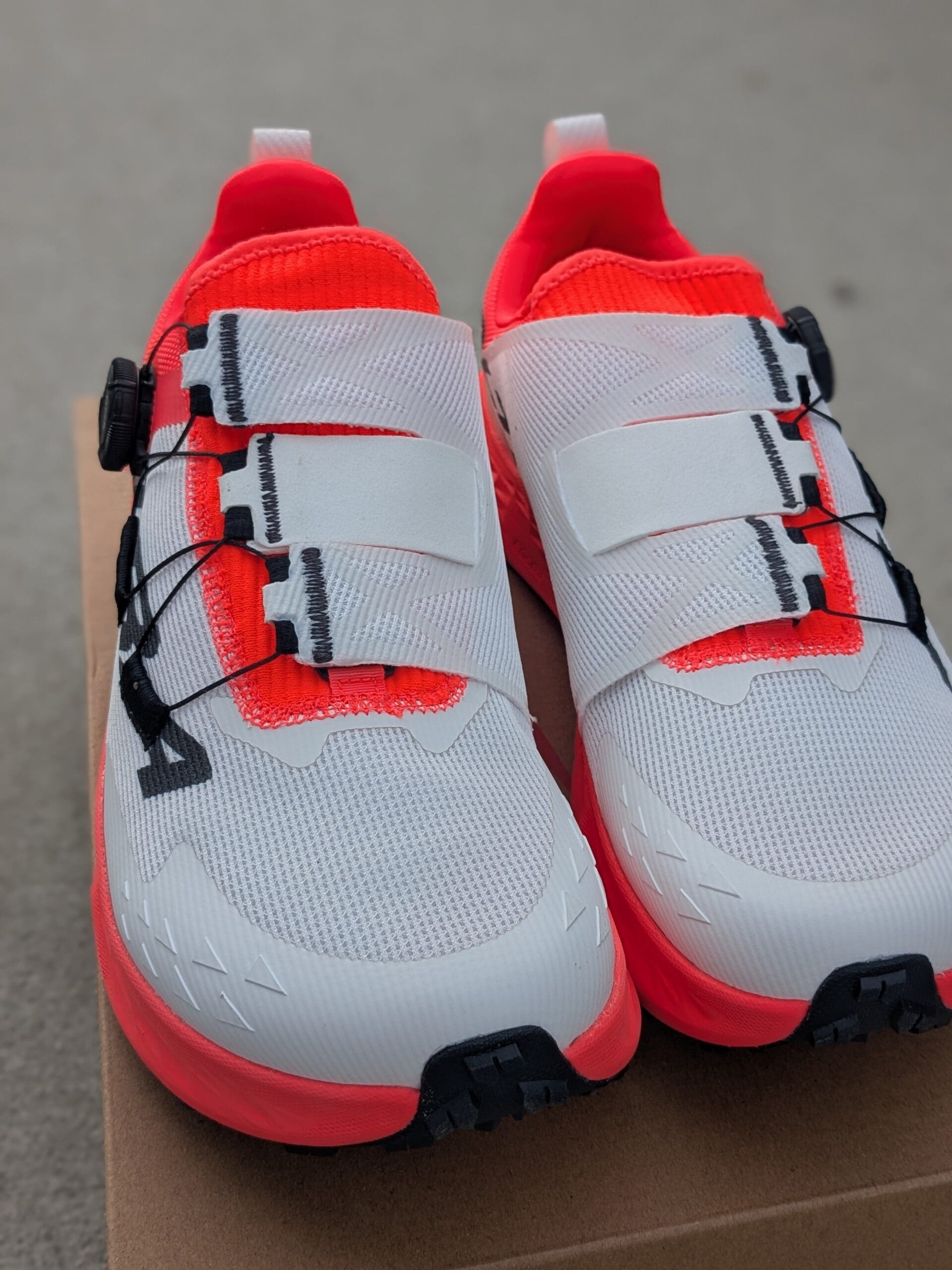
Technical terrain exposes the shoe’s weaknesses.
The 30mm stack, sock-like upper, and a less adaptable BOA lacing system make for a loose ride on technical terrain. I felt uneasy, especially when traversing or heading downhill at speed—heel slip, forefoot slide, and a general lack of lateral containment all crept in. Even when cranked tight, that flexible upper doesn’t anchor the foot like the Timp 5.
The flexible upper has some hidden upsides.
For those with a deeper midfoot, the tongue zone’s stretchiness is a plus: no bunching or hot spots, and once the upper loosens up, volume in the midfoot becomes surprisingly accommodating. The midsole compresses and packs out a bit over time, and I noticed more toe space after 50km than at first fitting—a welcome adaptation for swelling on long runs. But just remember, this isn’t the widest shoe.
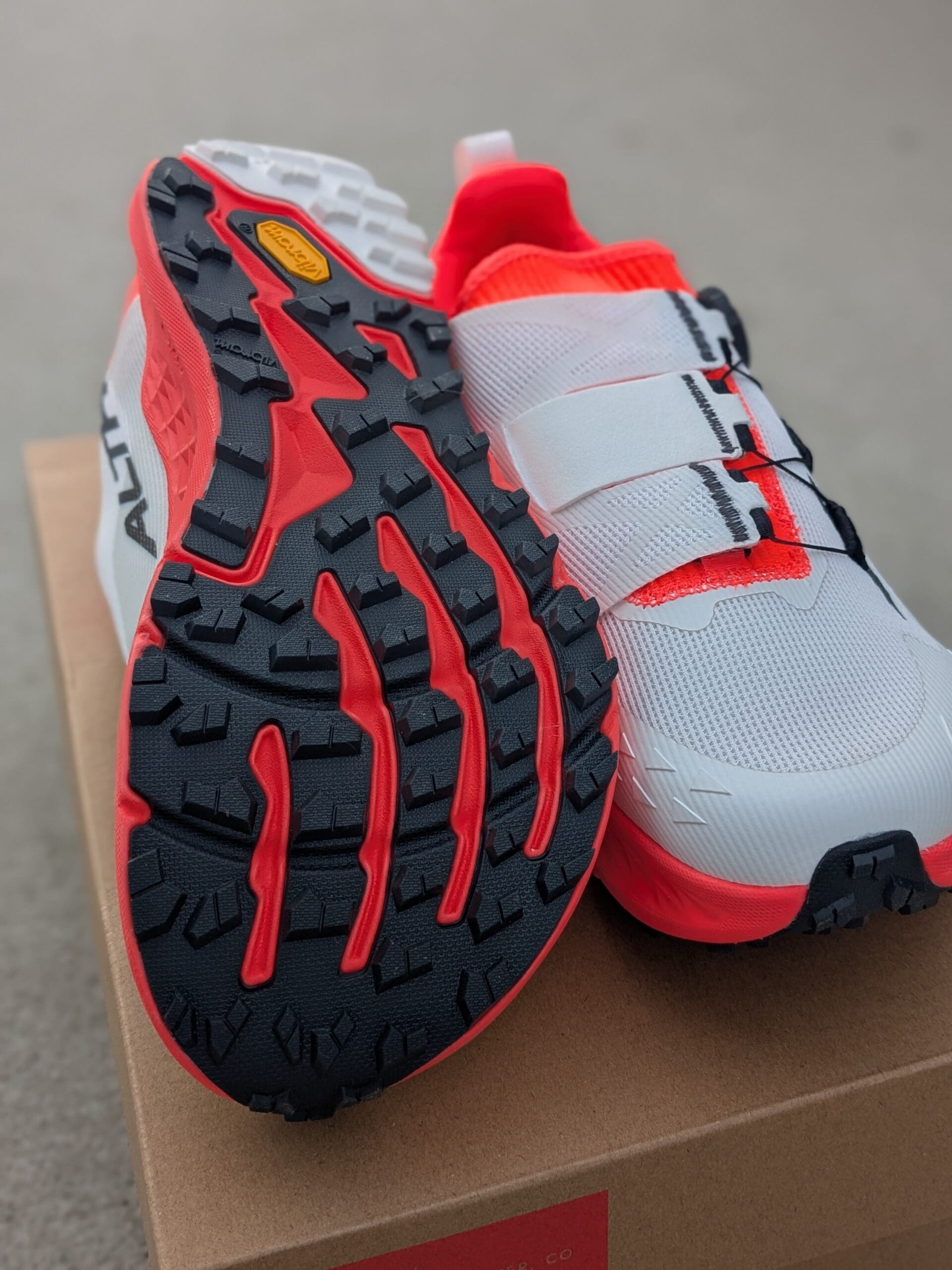
Outsole is a highlight—grippy, but maybe wasted on this platform.
Altra has finally nailed the outsole on the Timp: tough, sticky lugs that hold on wet and dry. The only problem? The rest of the shoe isn’t made for really gnarly ground. It feels a bit like a wasted opportunity—the traction outstrips the upper’s ability to keep you rooted, so you’re left wanting to transfer this outsole onto the Superior or Lone Peak for true technical trail efforts.

Altra Timp BOA
Outsole durability is good in the right conditions, but keep it off the pavement.
The Timp BOA’s lug pattern is built for real trails, not tarmac. The lugs are small and relatively thin, which means hard-packed, rocky, or paved terrain will eat them up quickly. Also, exposed foam on the outsole opens the door for rock cuts and abrasion if you stray too far from soft ground.
Midsole flattening is inevitable, but not catastrophic.
Soft maximal EVA midsoles compress, and the Timp BOA is no exception. The foam packs out modestly over the first 50km, opening up a little room in the forefoot, making the toe box more forgiving over time. The lateral sidewall is designed for stability, but it feels mildly restrictive midfoot on foot, especially before break-in.
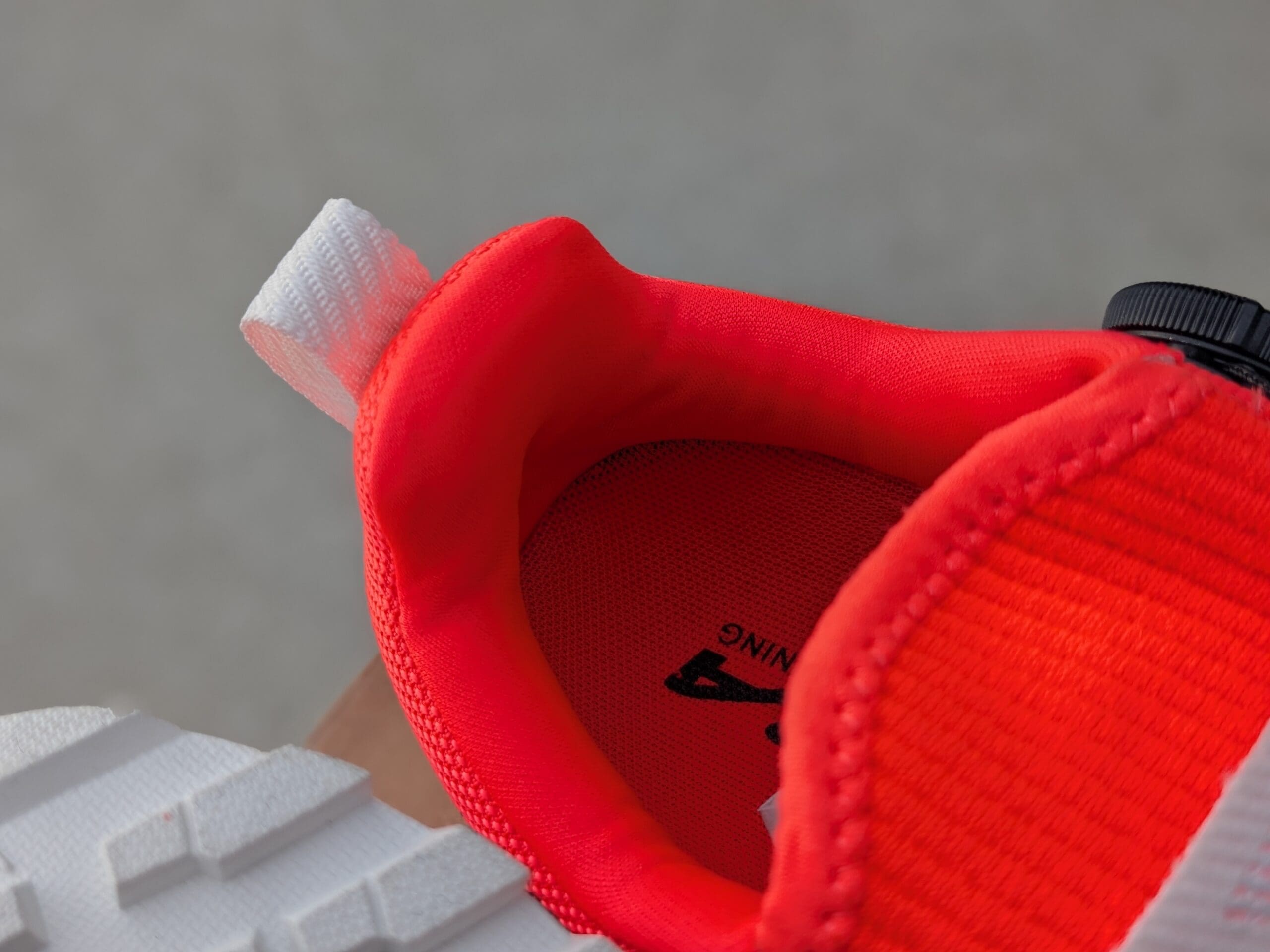
BOA upper has both strengths and vulnerabilities.
Protection is generous on the medial (inner) side—overlays and reinforcement are stout. There’s less structure on the lateral (outer) side, leaving the mesh more exposed to rocks and roots. If you’re prone to scraping along rough trails, you might see some fraying or even a puncture, especially near high-contact zones. I’ve seen some minor fraying on stitching out of the box—likely a manufacturing miss, not a structural concern, but something to monitor. The BOA cable itself should stand up to regular use, but if it fails, replacement kits are straightforward, and from what I’ve heard, BOA offers decent customer support.
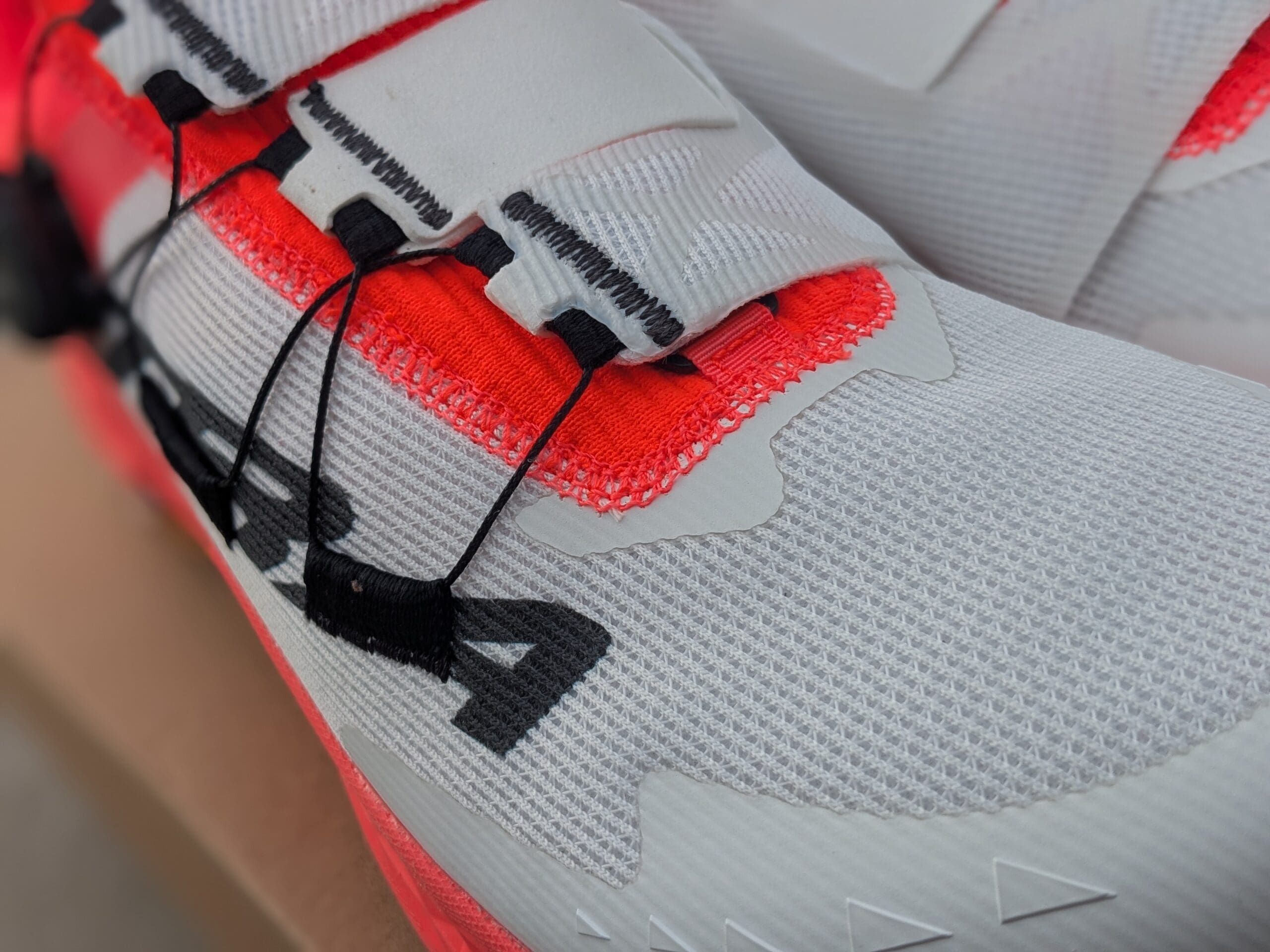
Toe protection is adequate, if not exceptional.
The toe cap remains consistent with the Timp 5—semi-rigid, enough to deflect debris and shield the toes, but not the most robust on the market. The 30mm stack keeps you far from ground-level hazards in most instances.

Altra Timp BOA
The BOA system is convenient, but it can’t match the custom fit of laces.
I’m all about fit because it will never work if a shoe doesn’t fit.
And that’s where the Timp BOA will fail for many people. If you REALLY want a BOA system, try it out, but if you’re on the fence, stick with the Timp 5.
So, where have I got this wrong? Have you tried the Timp BOA yet? Let me know if you had a different experience!

Altra Timp BOA

